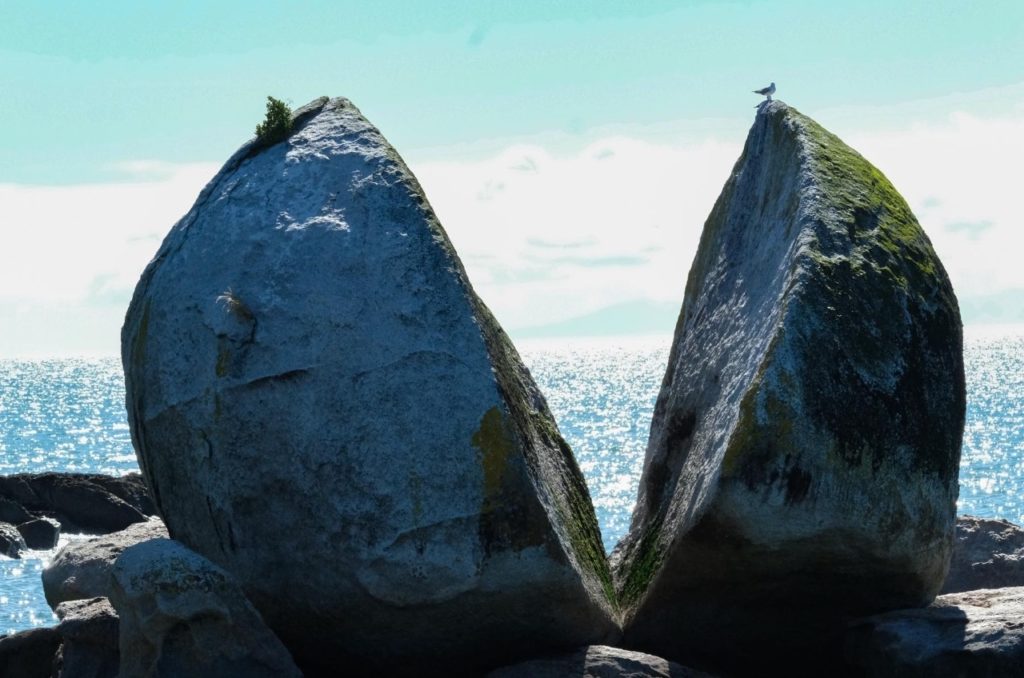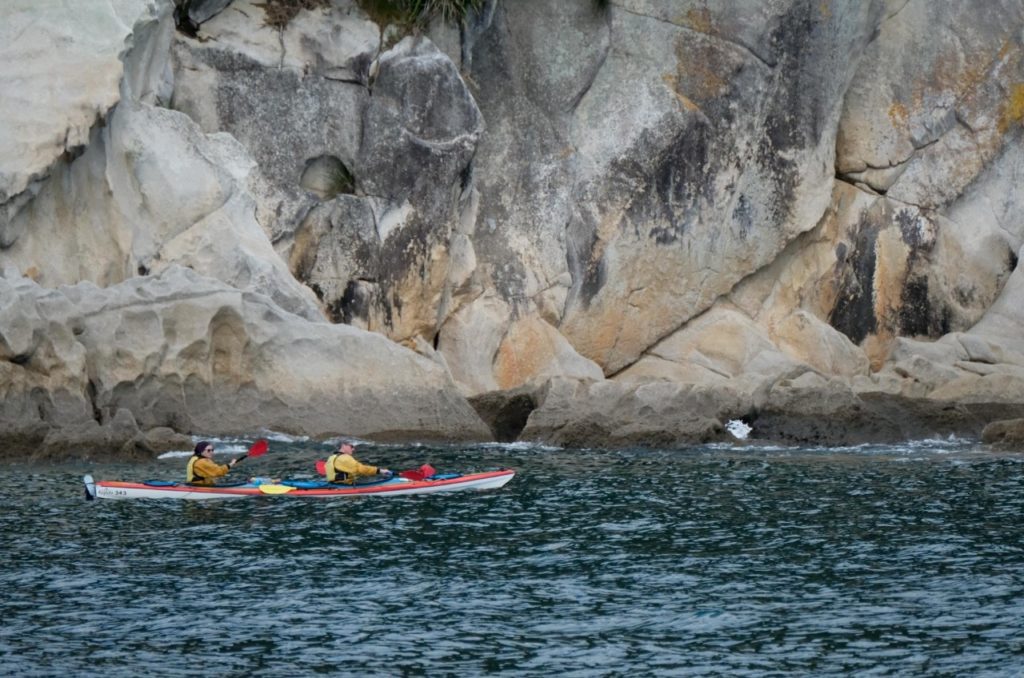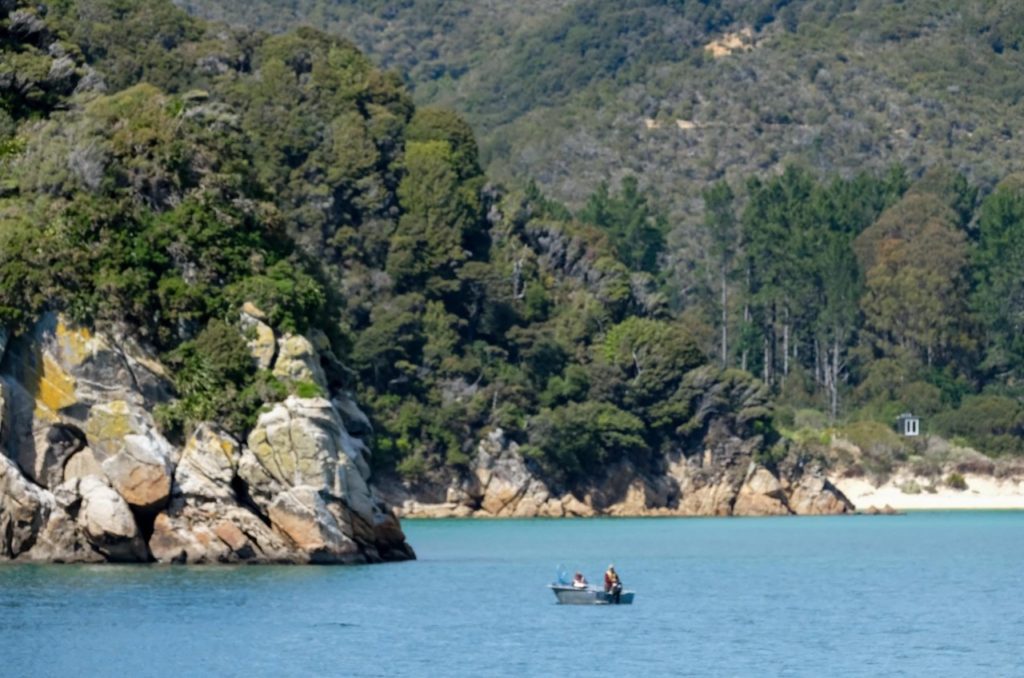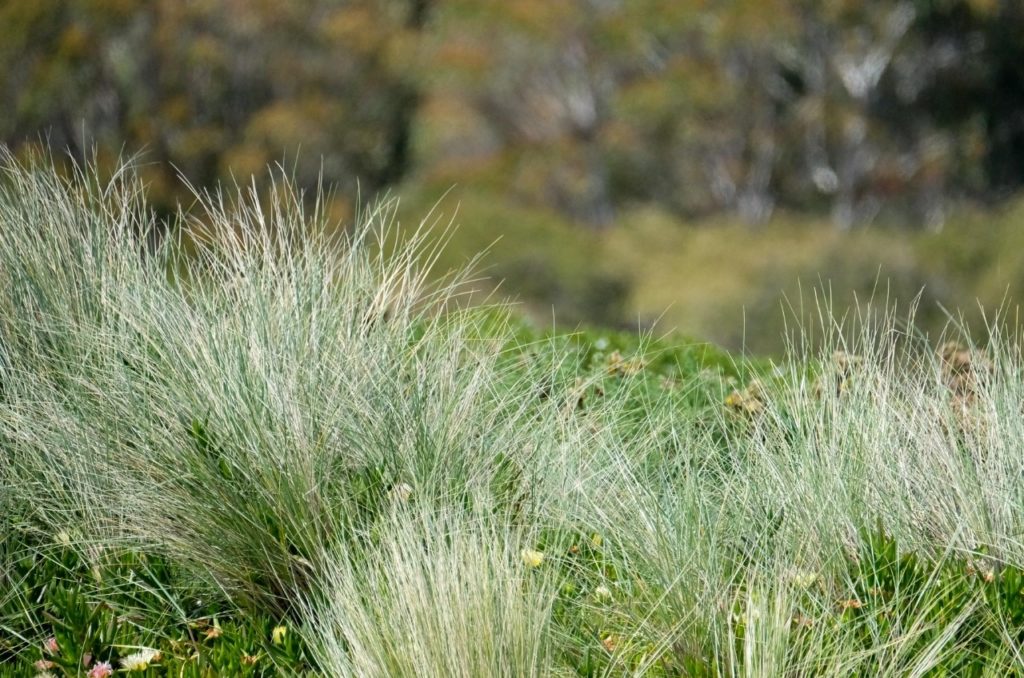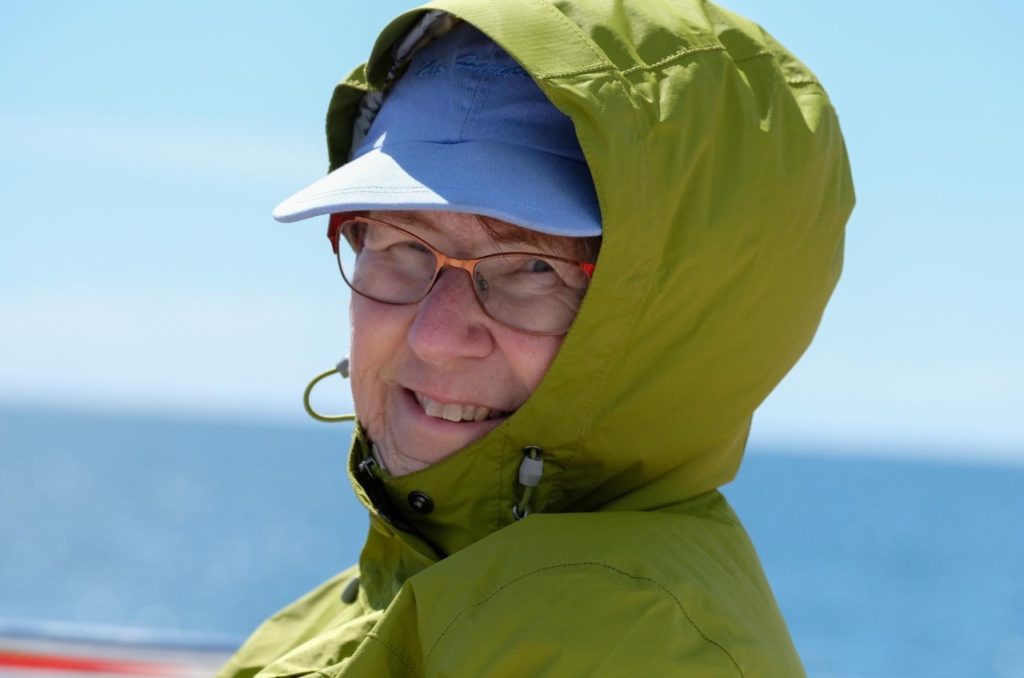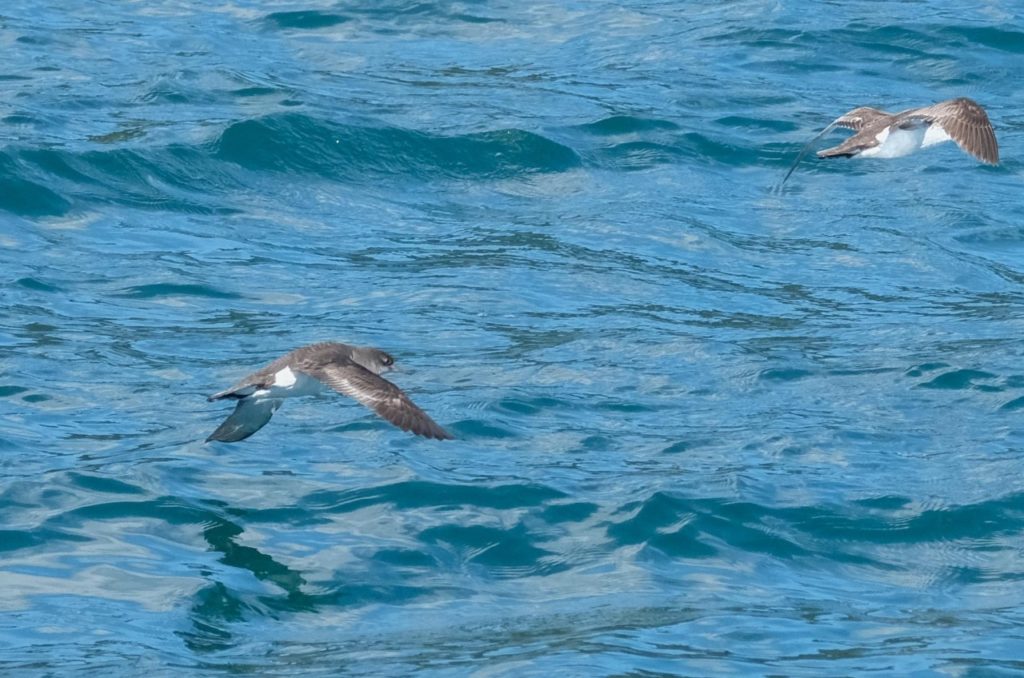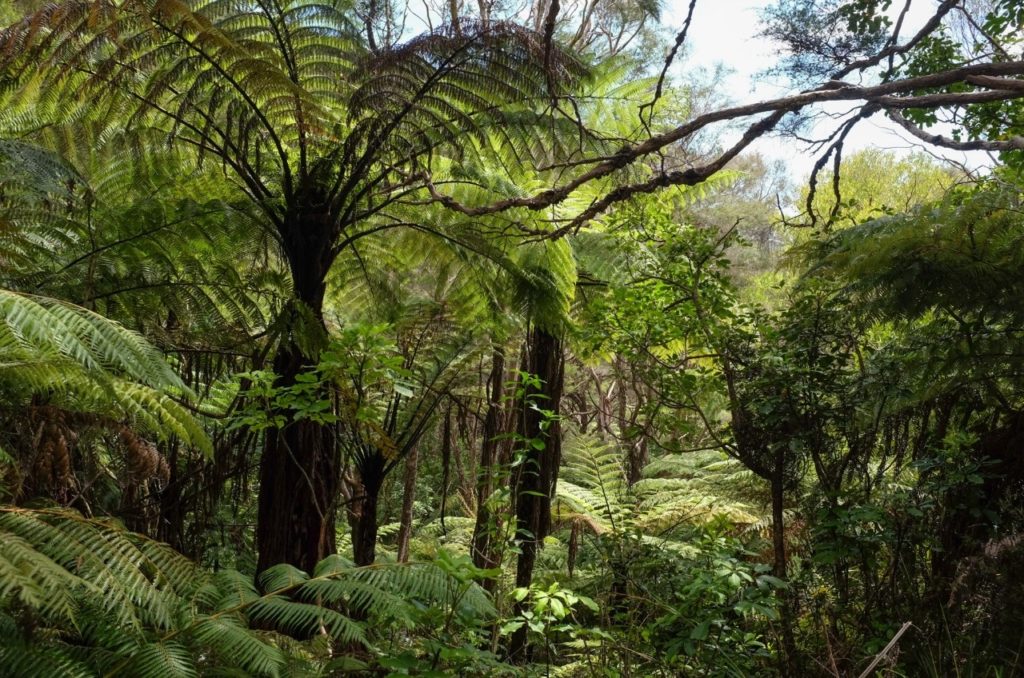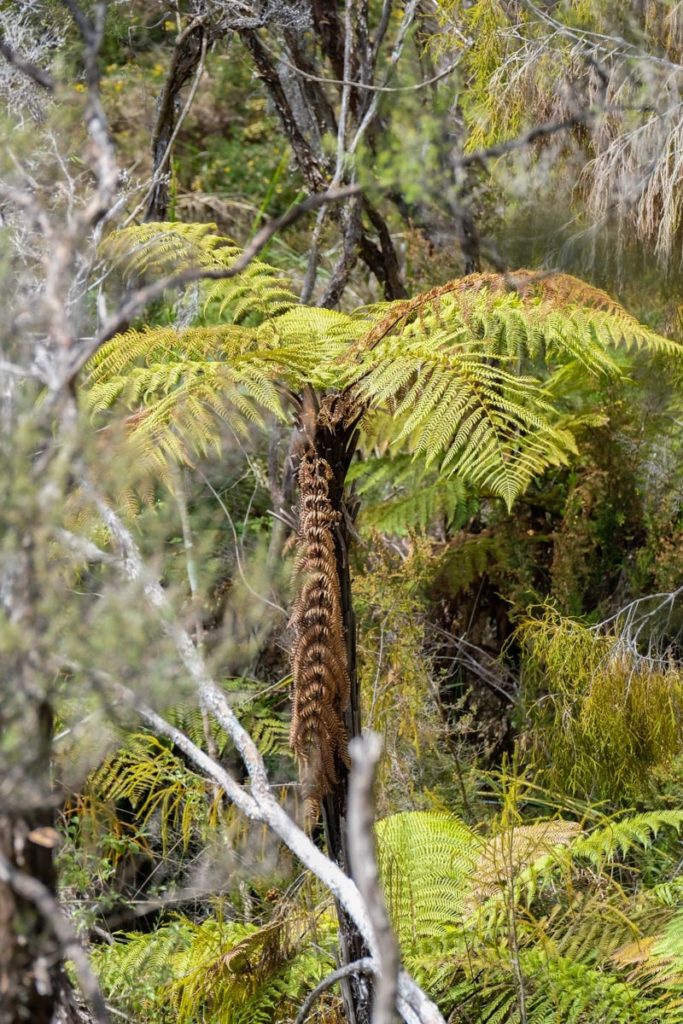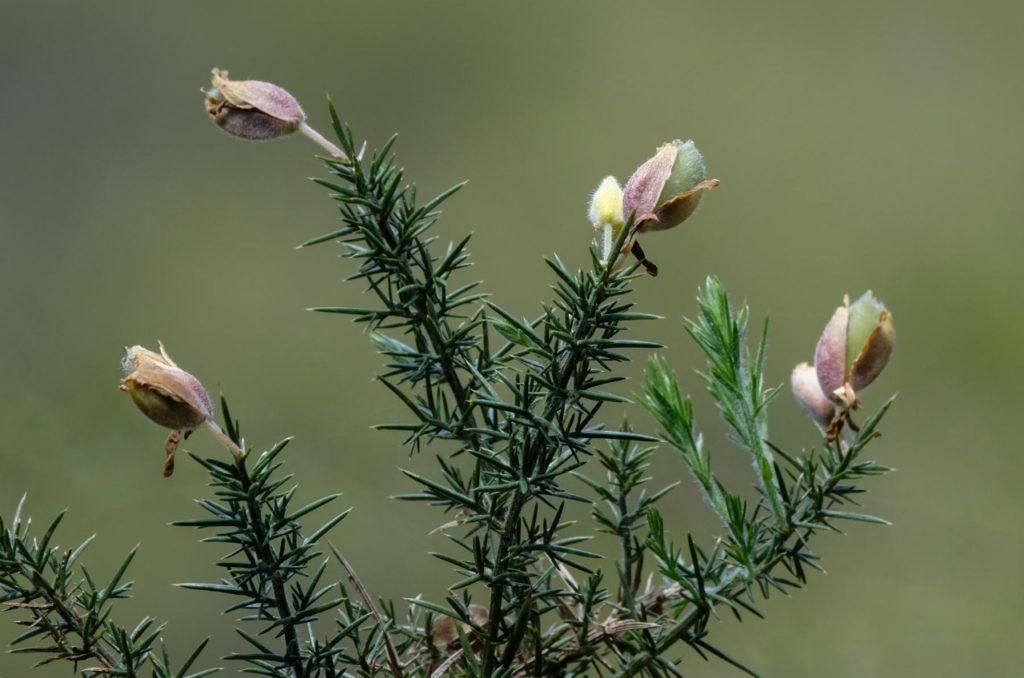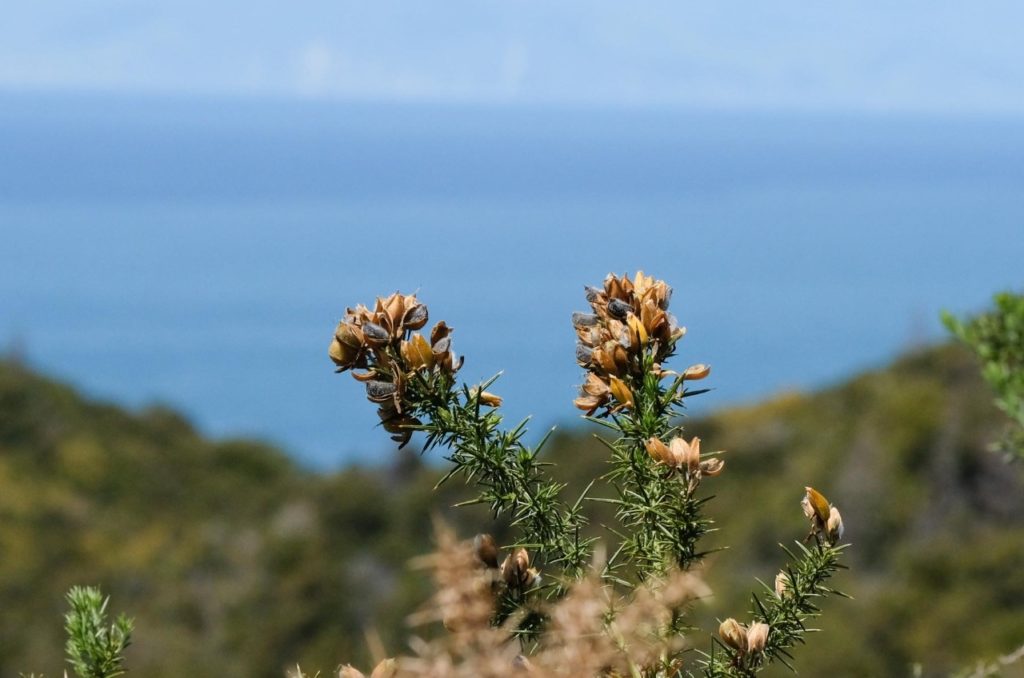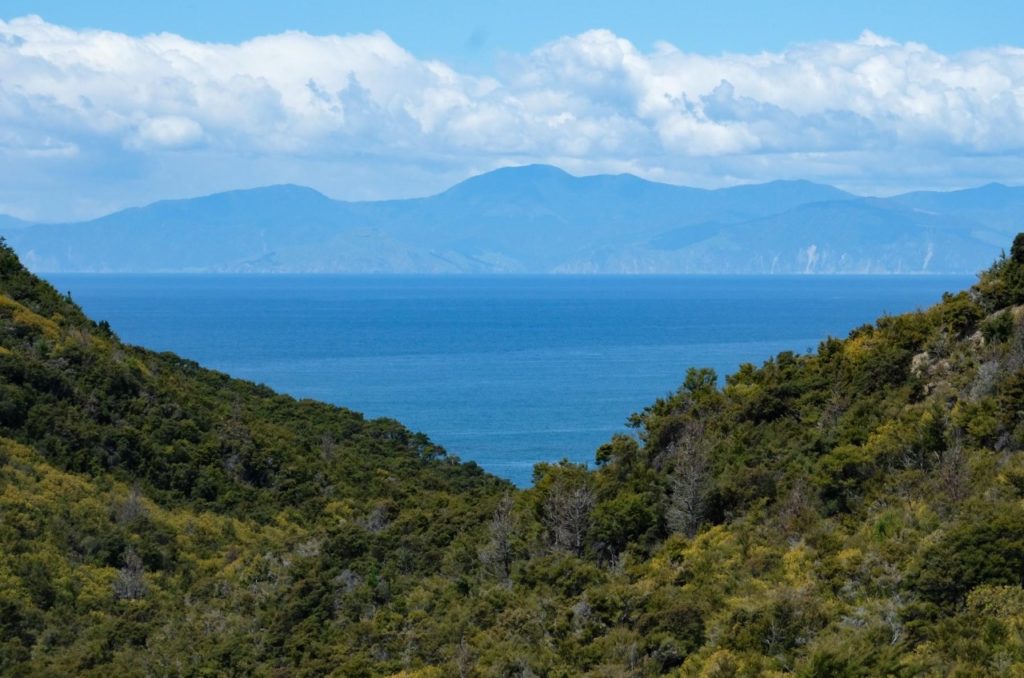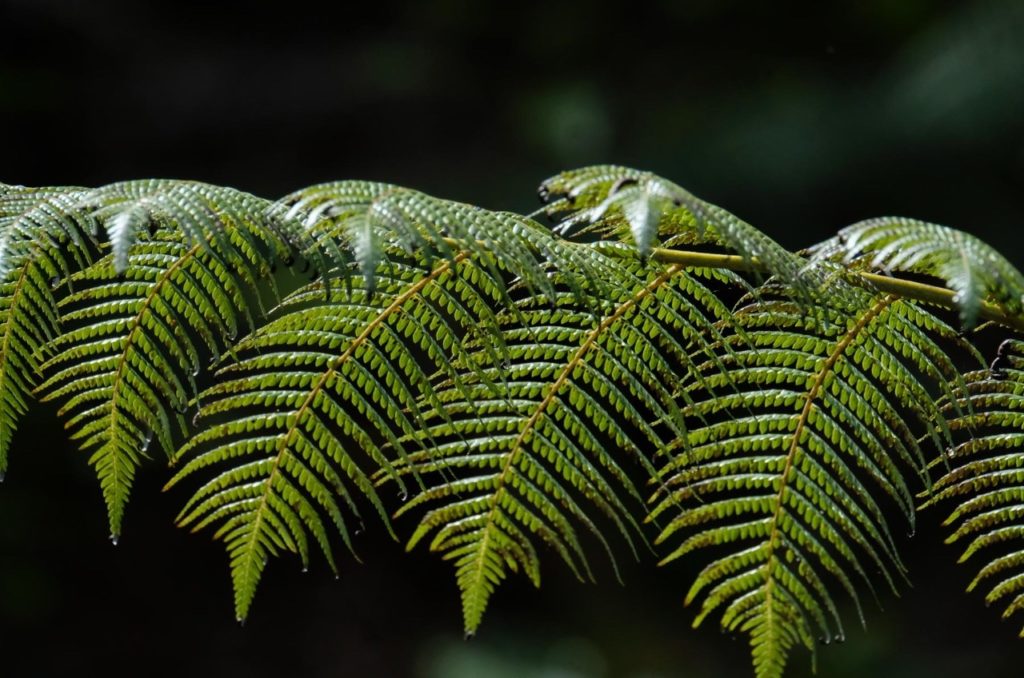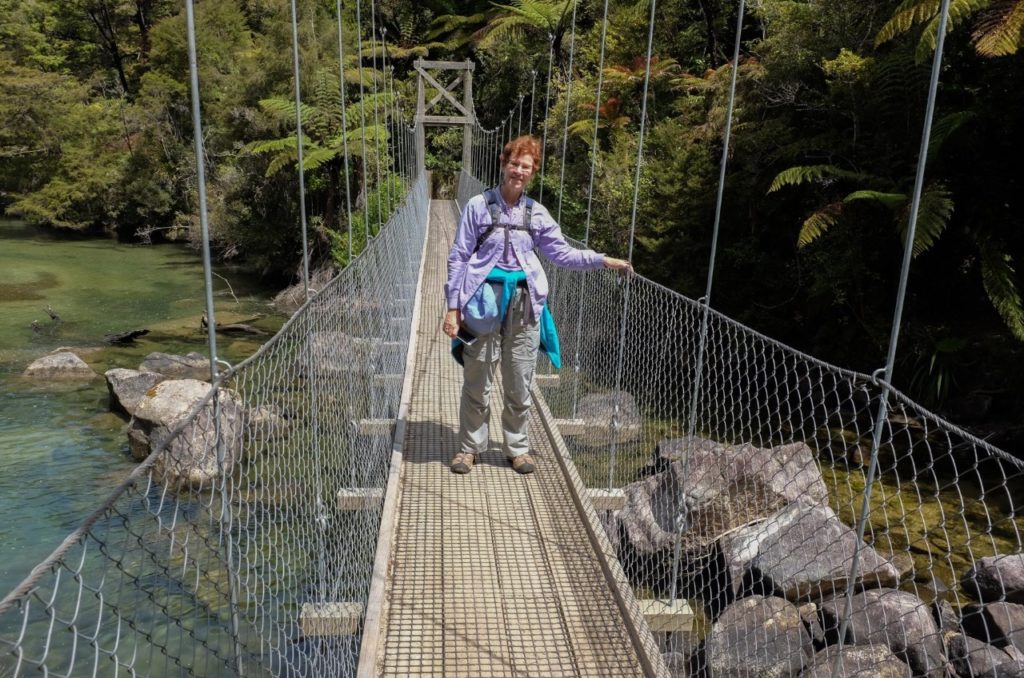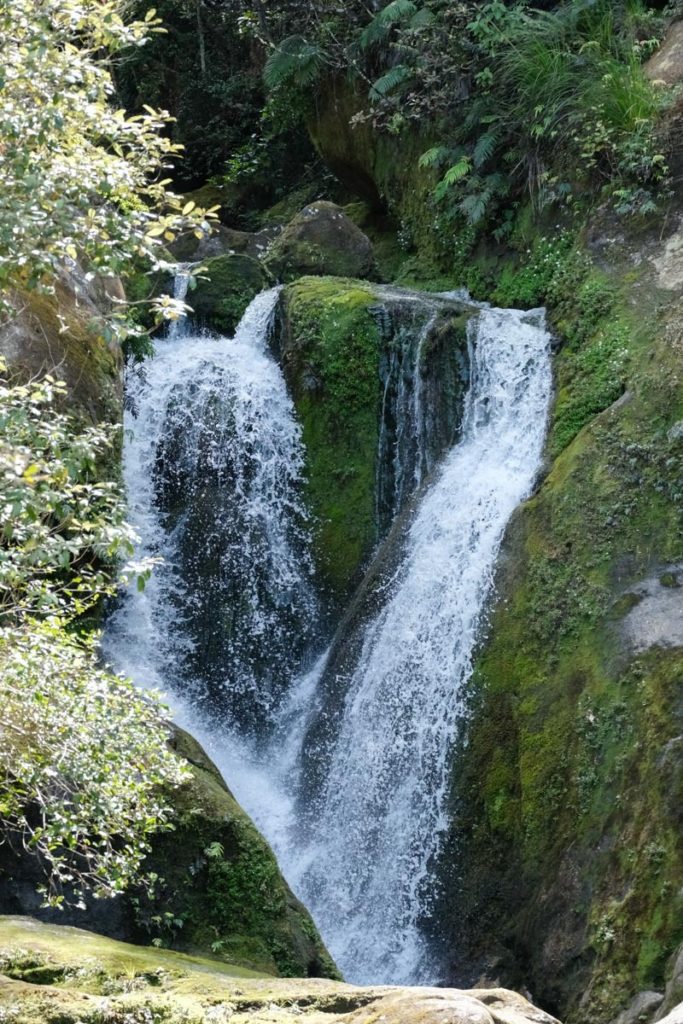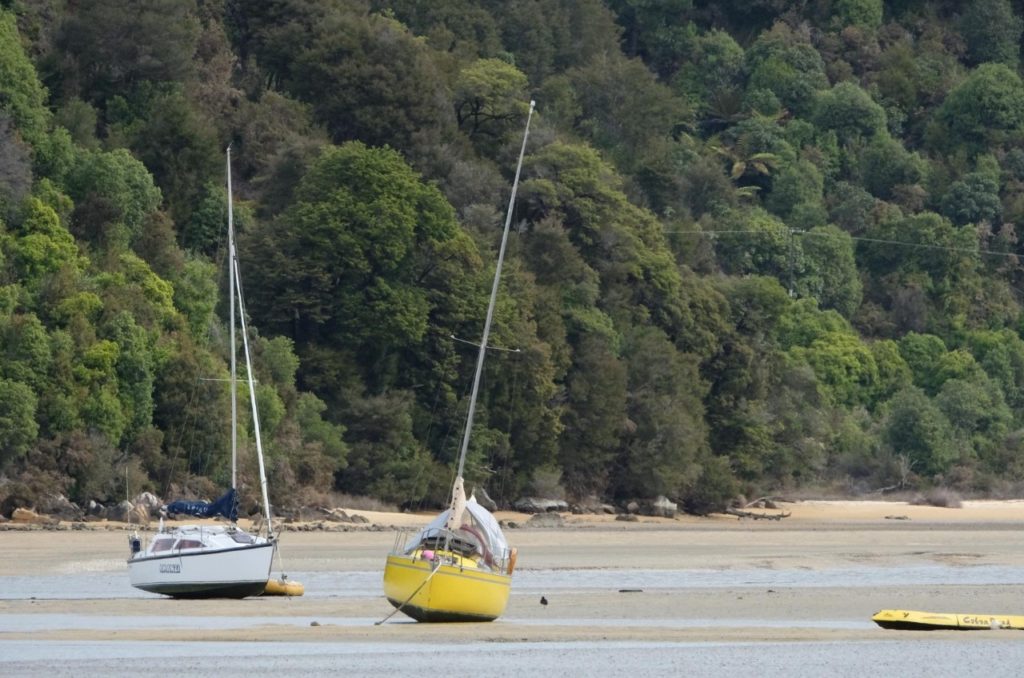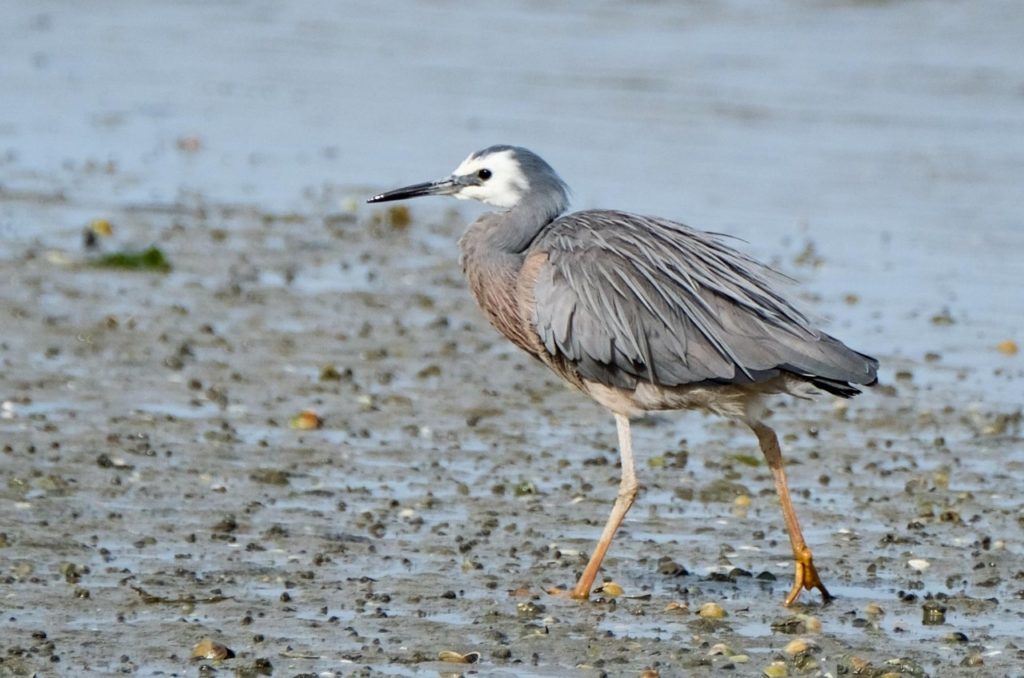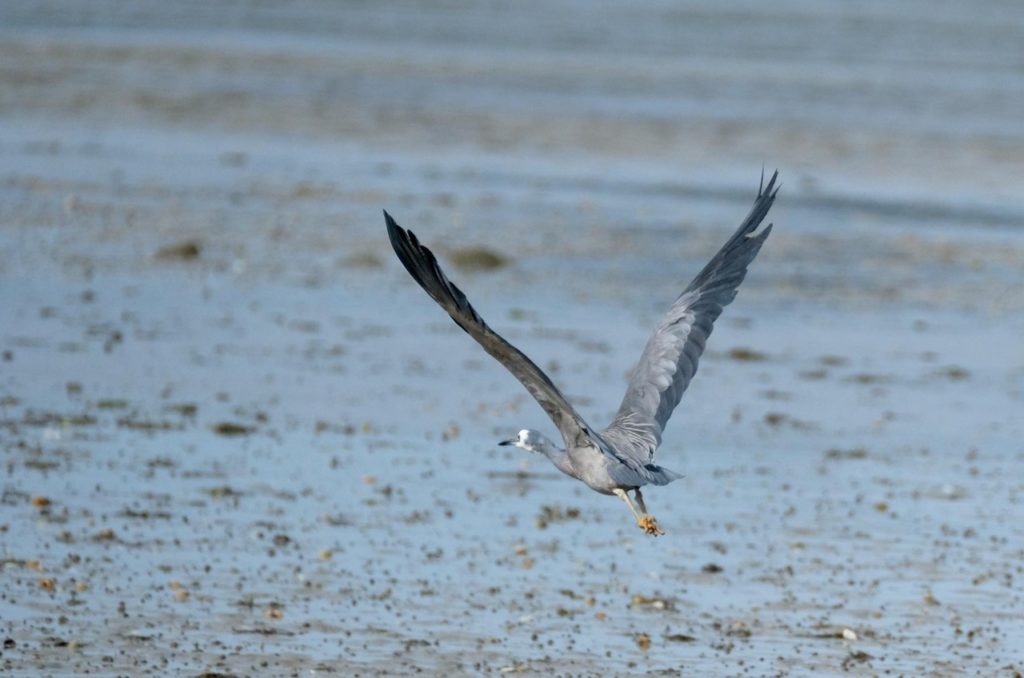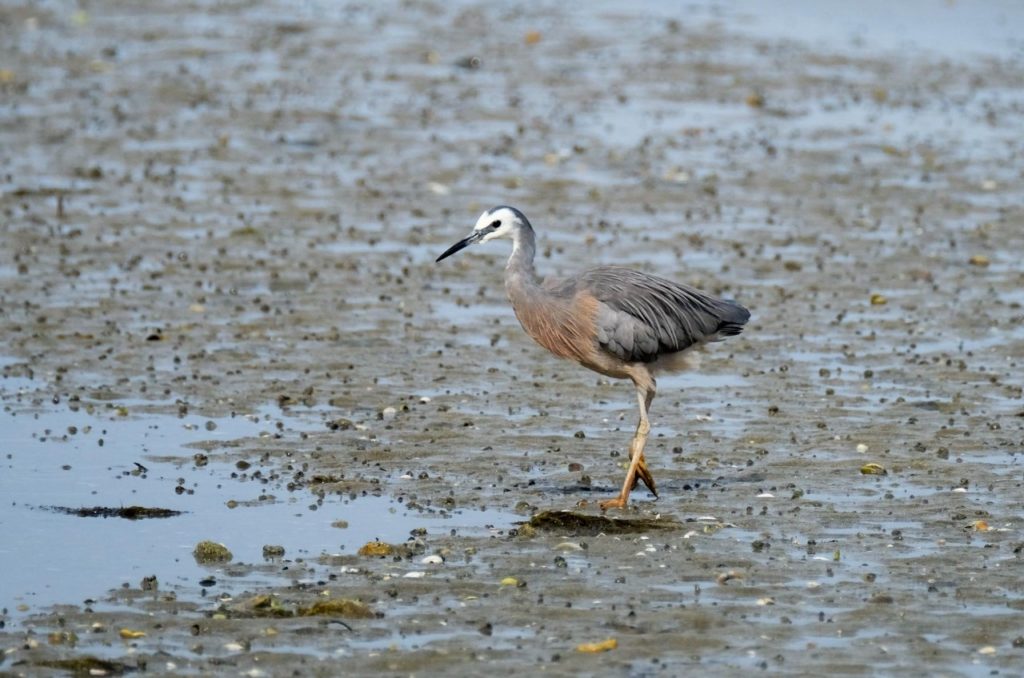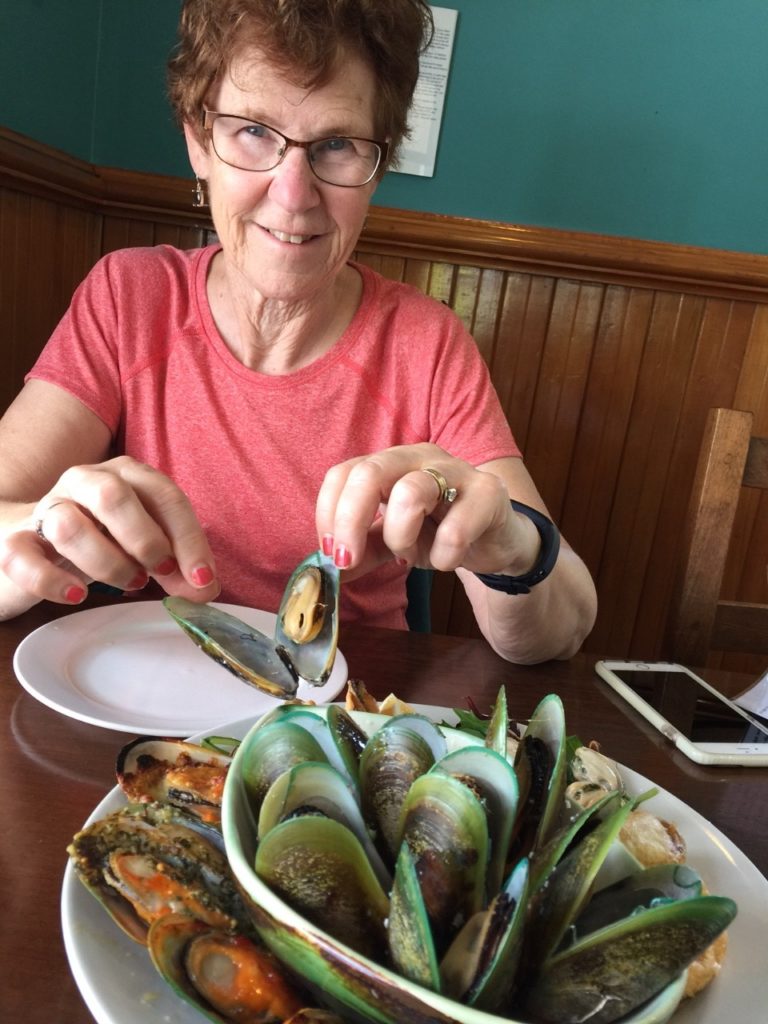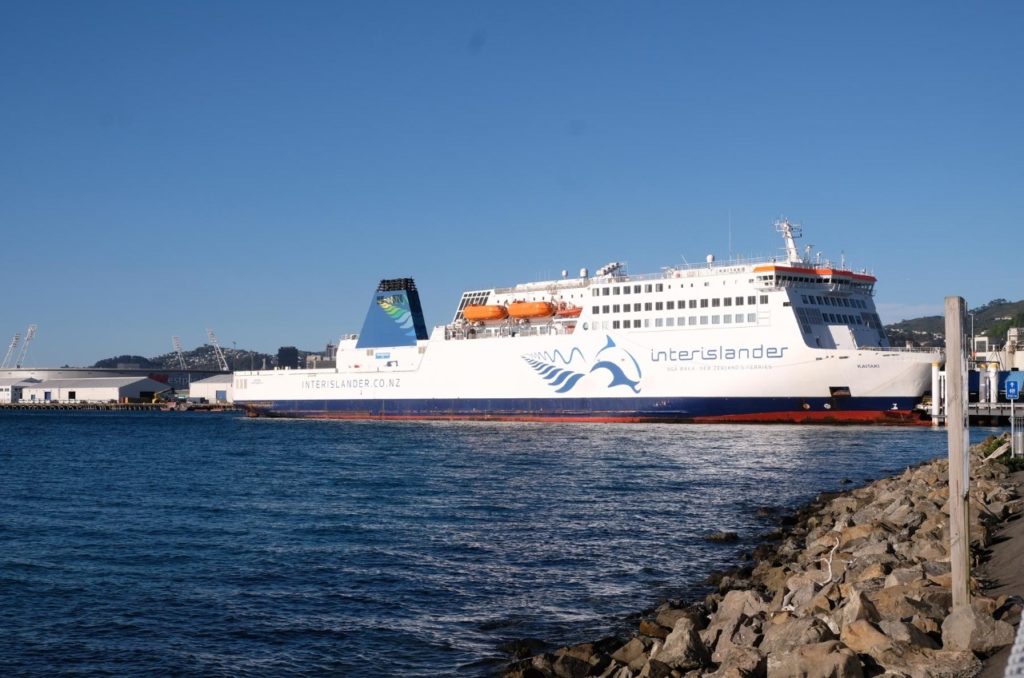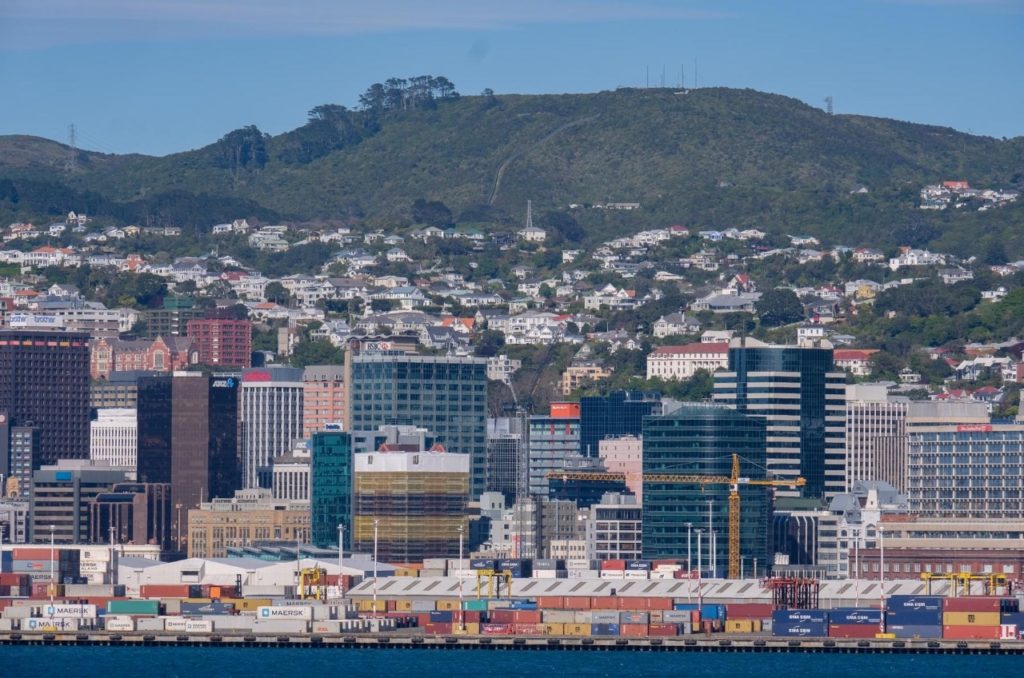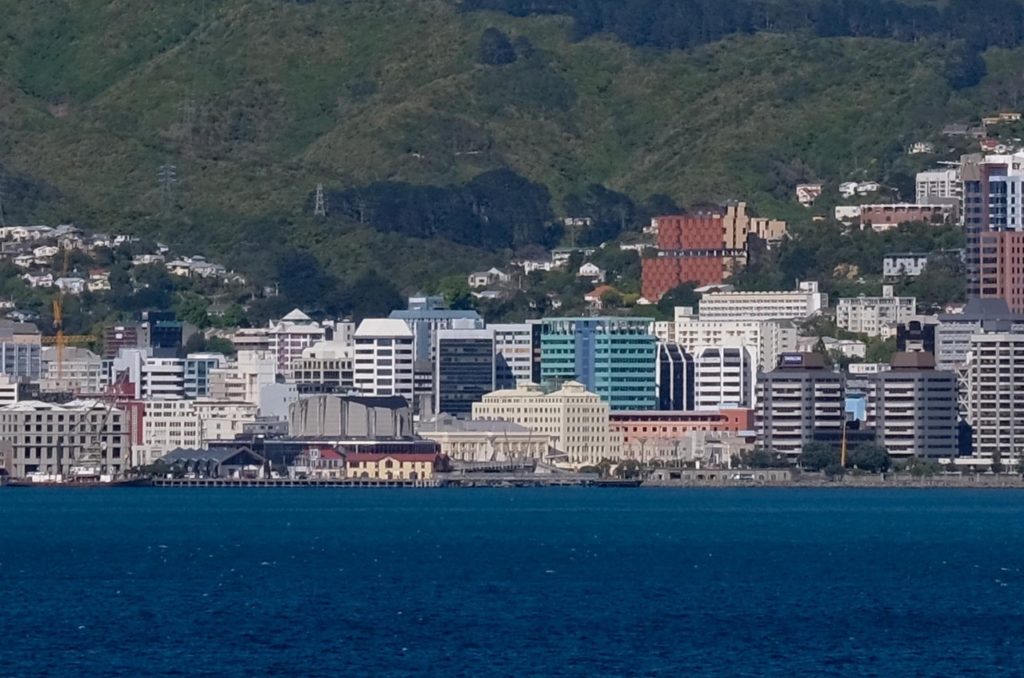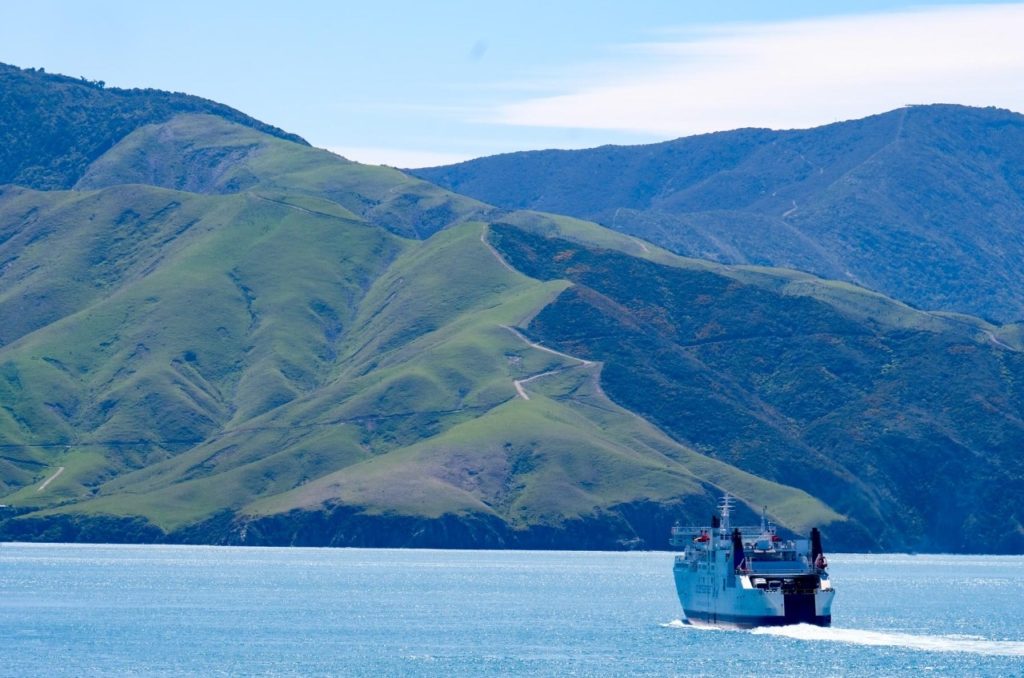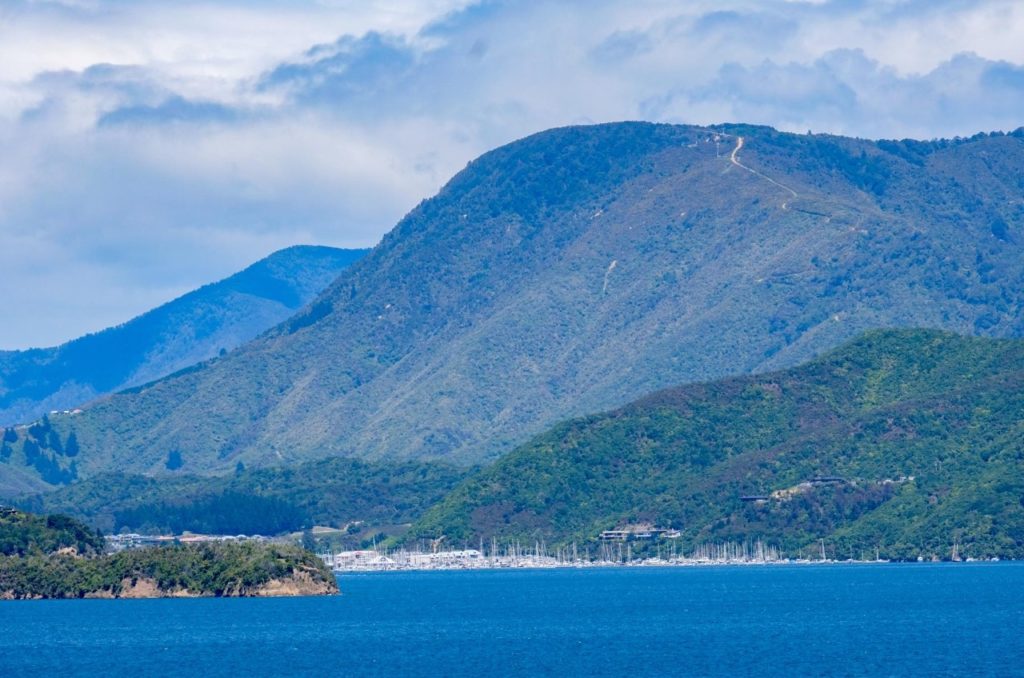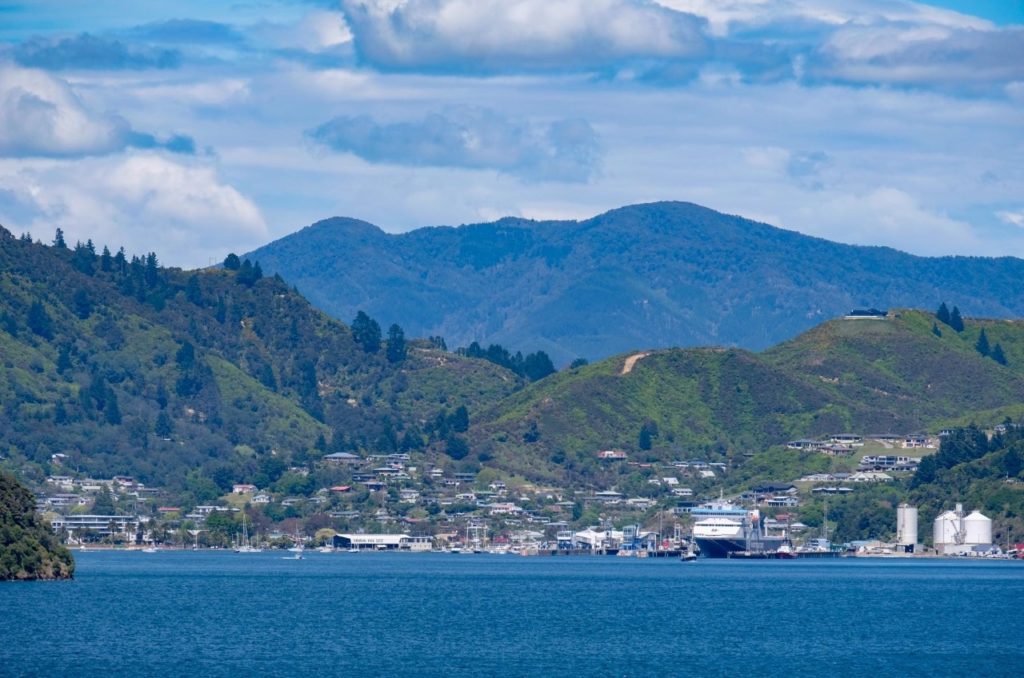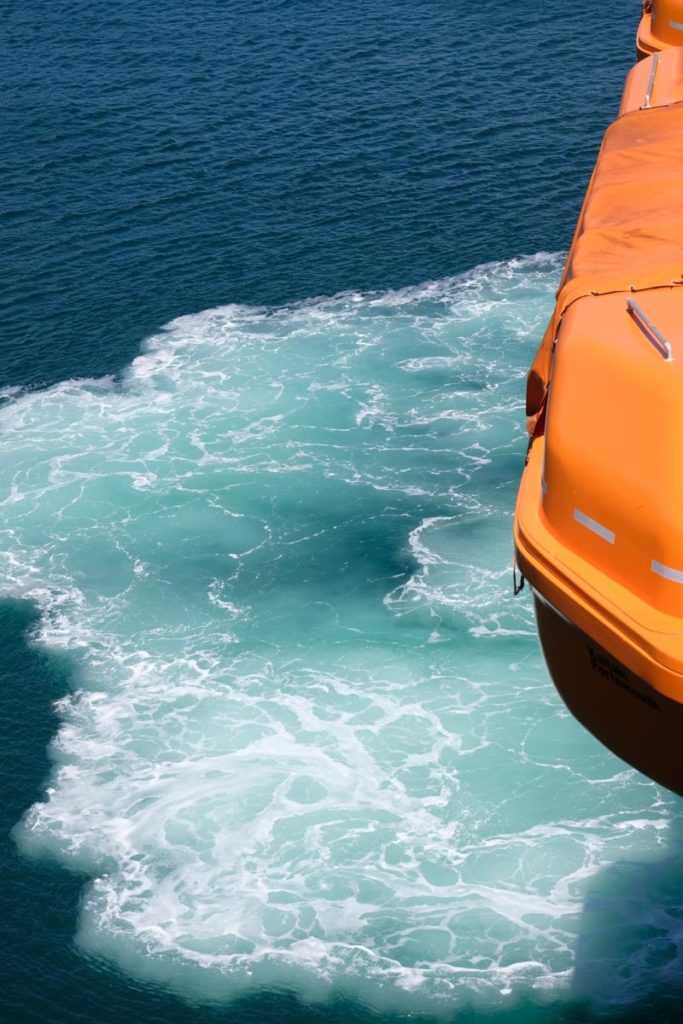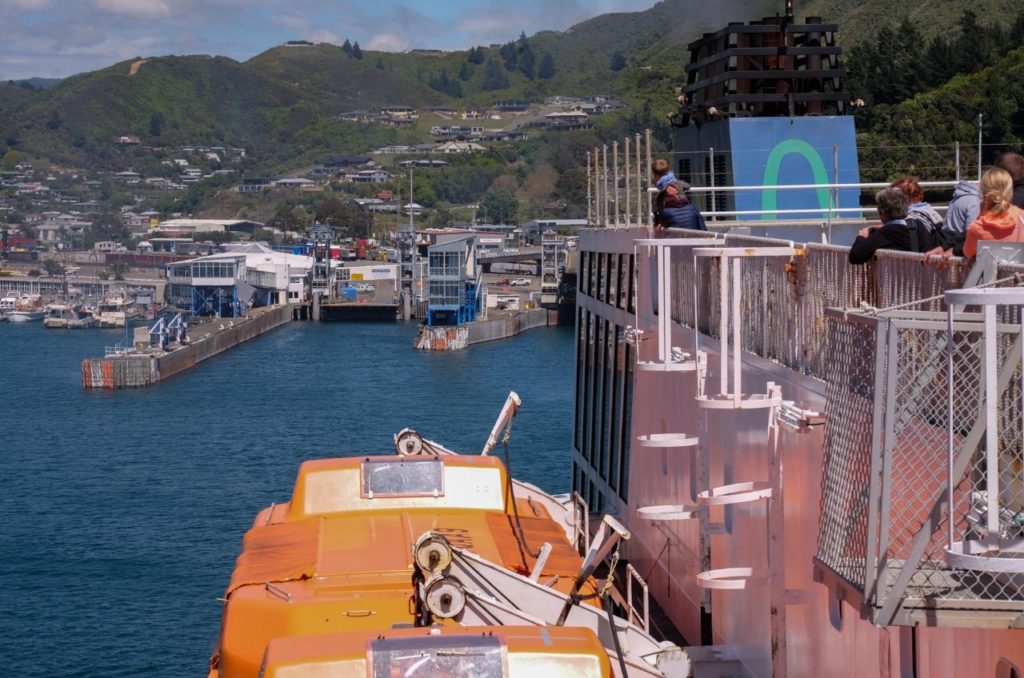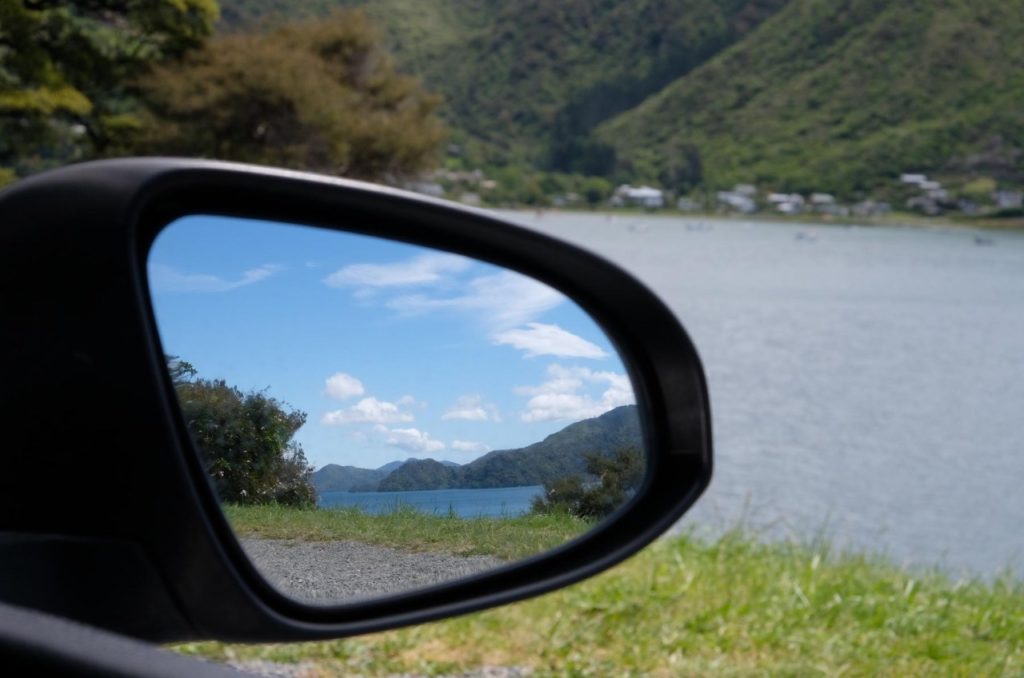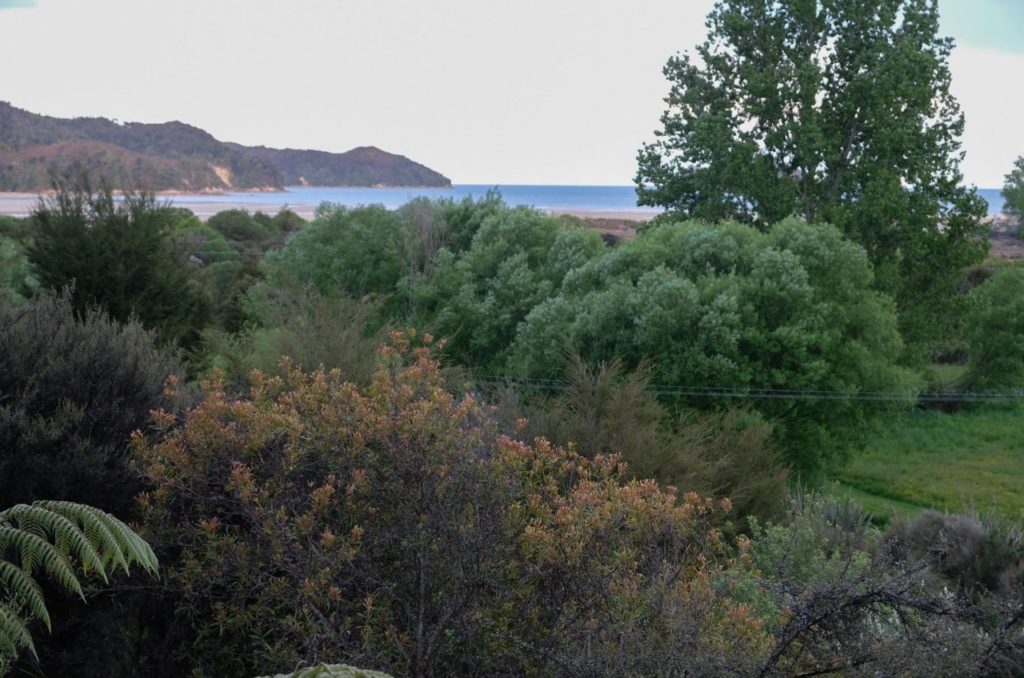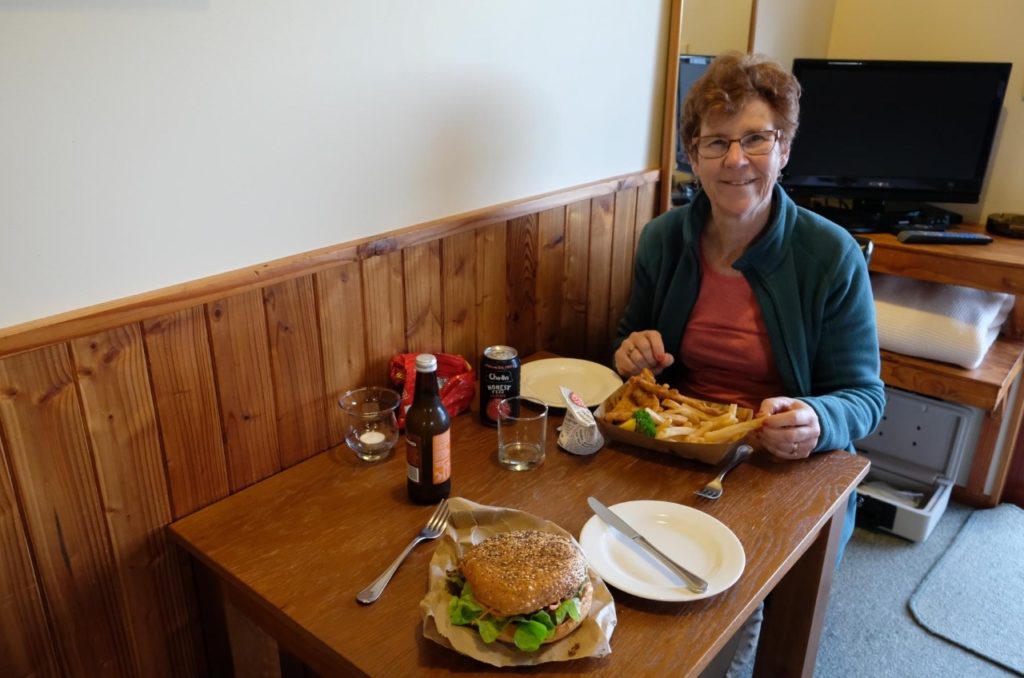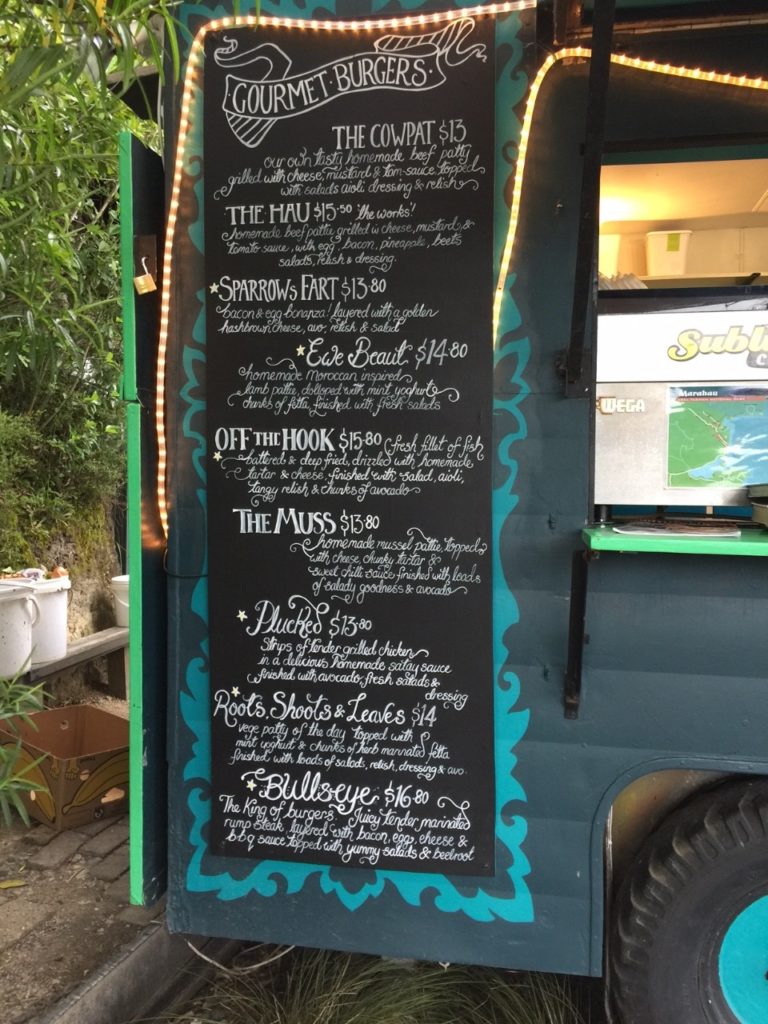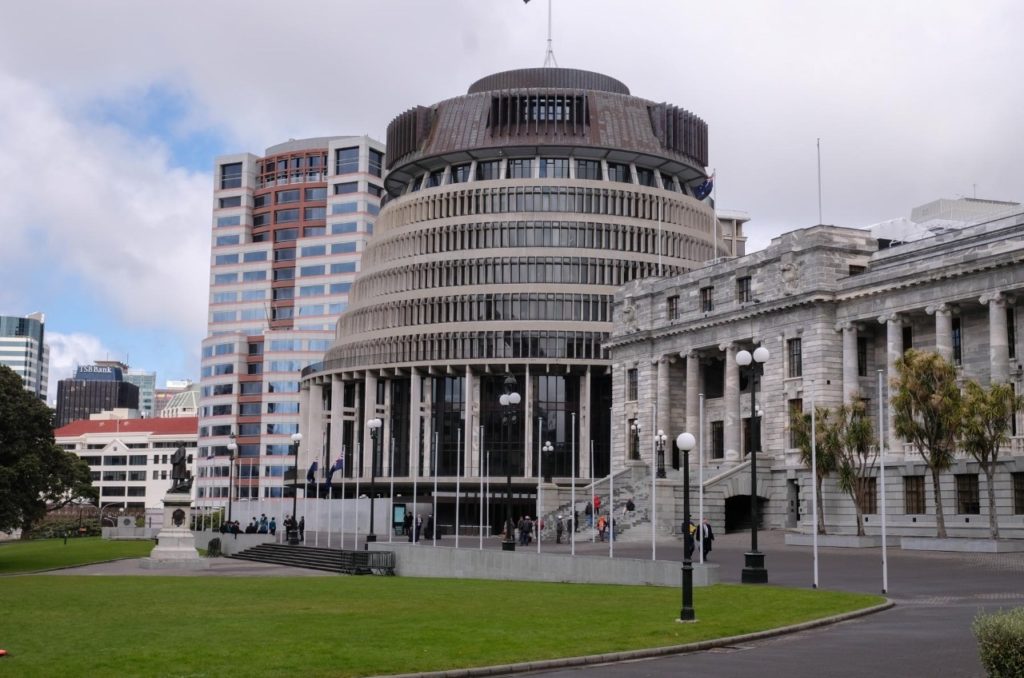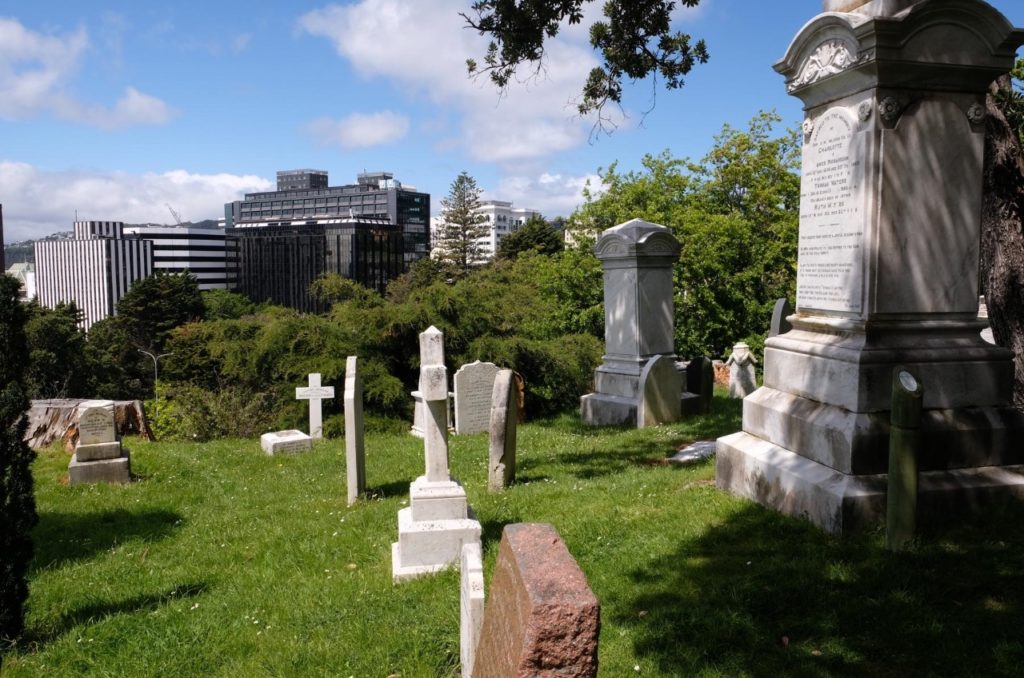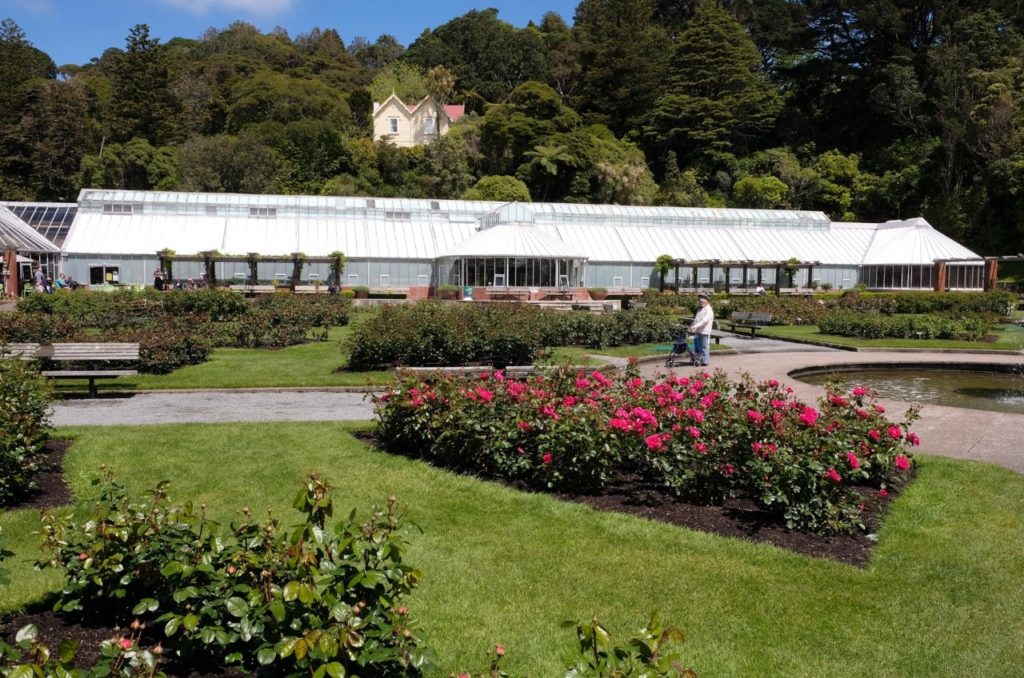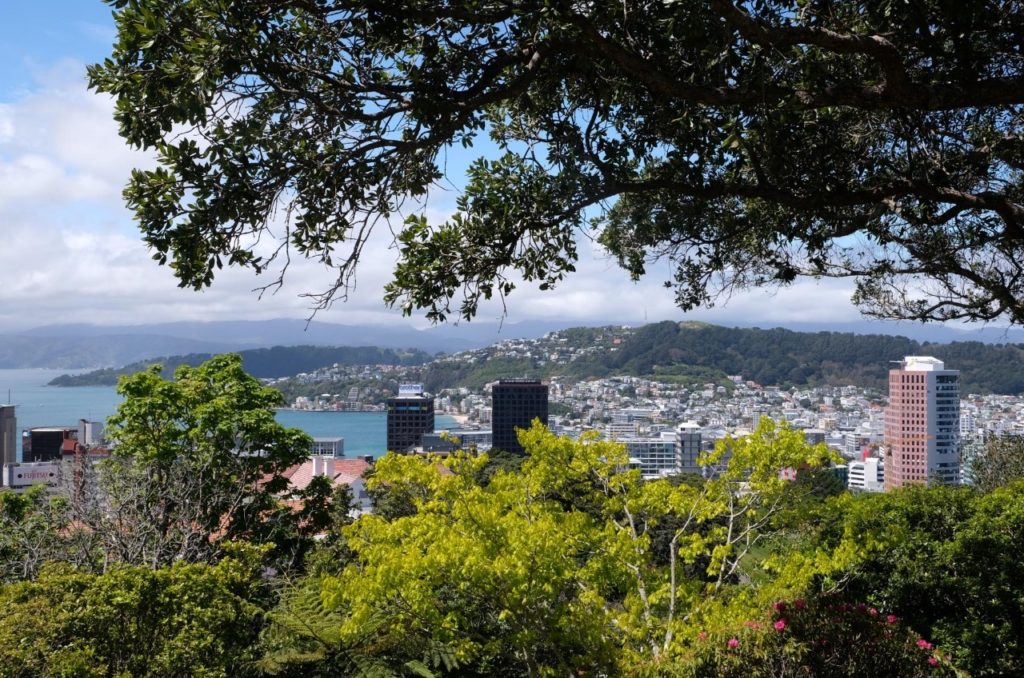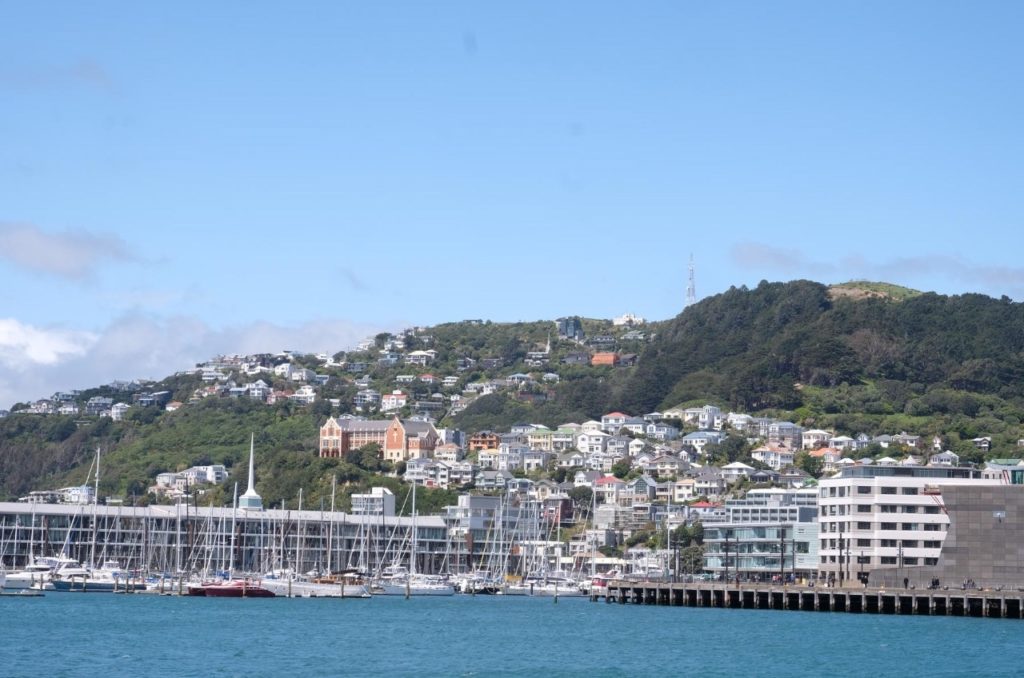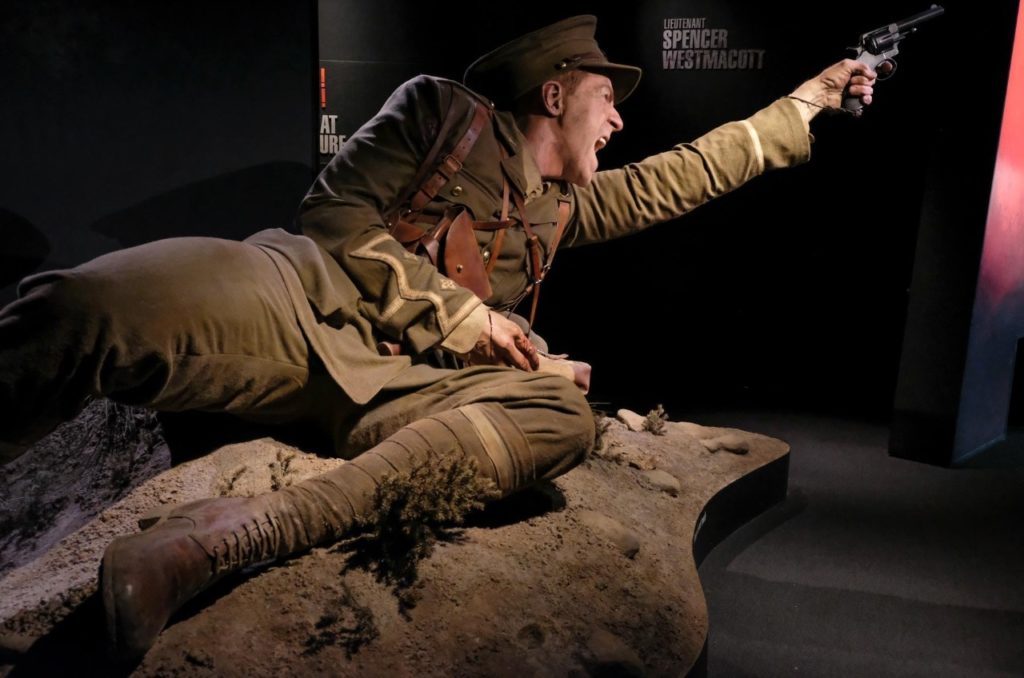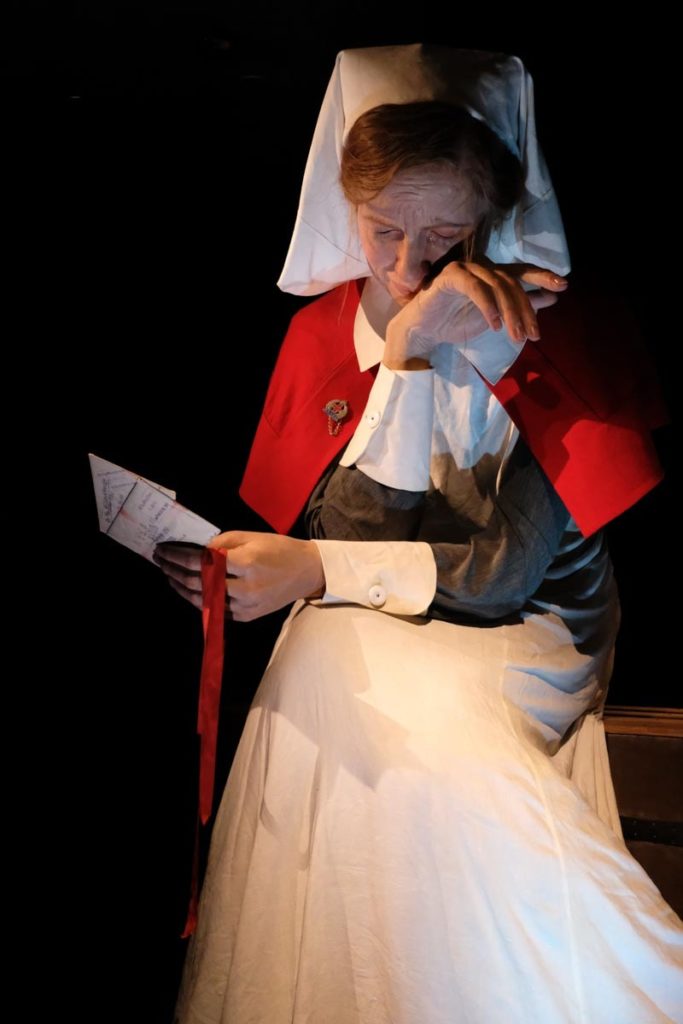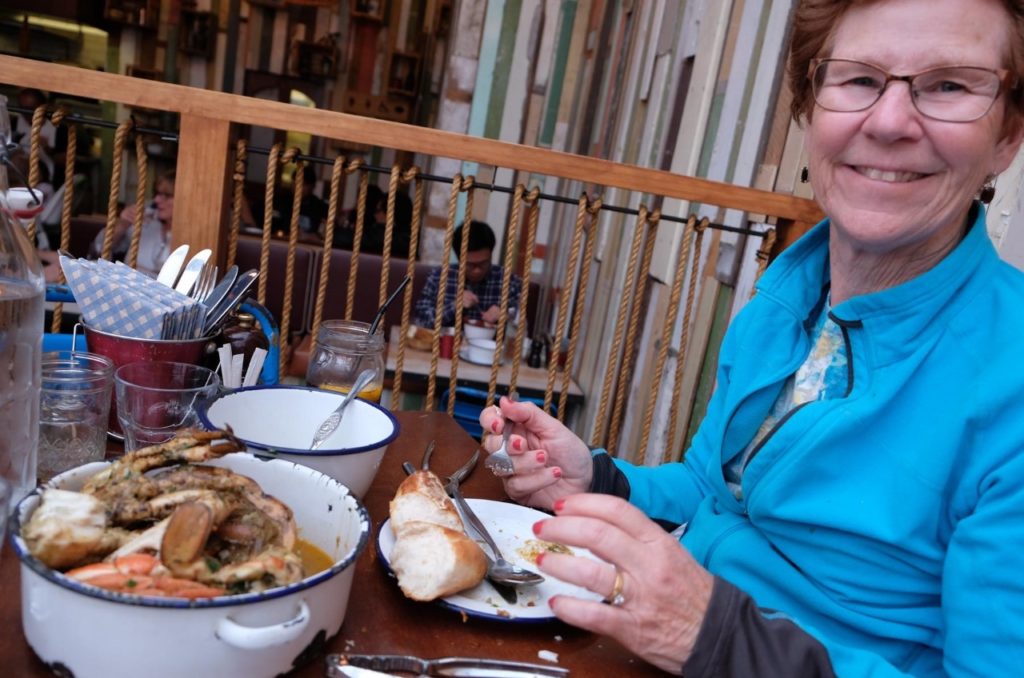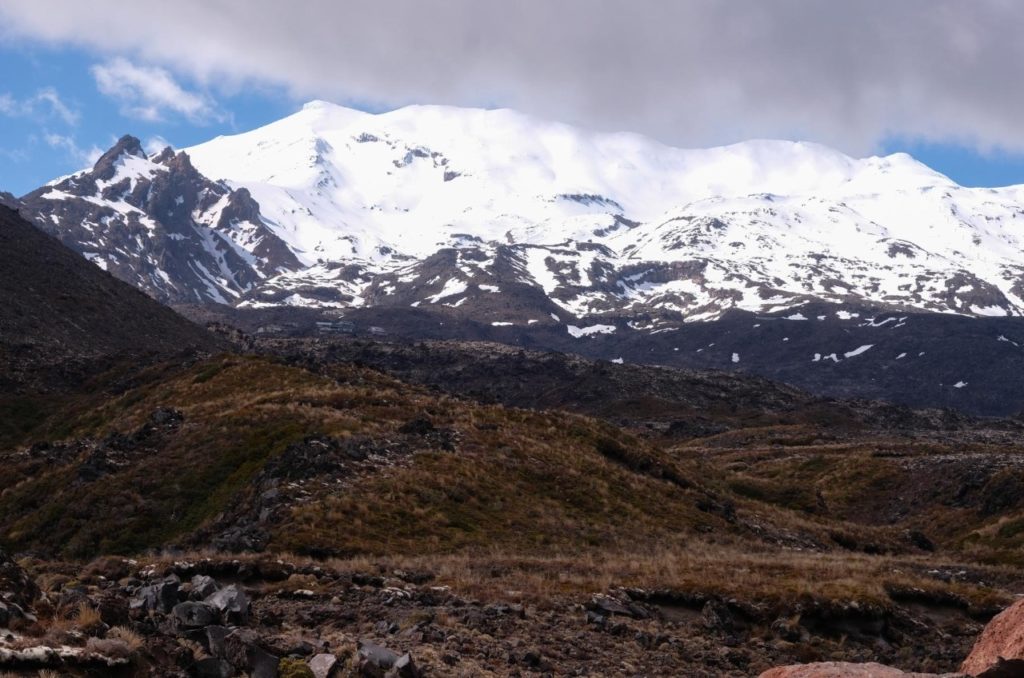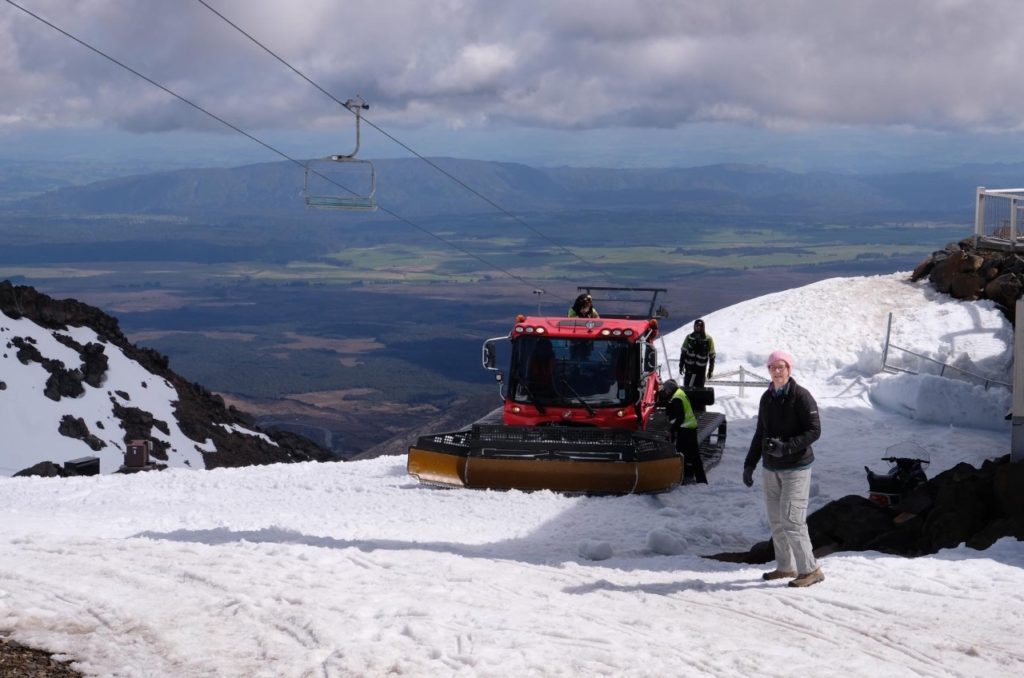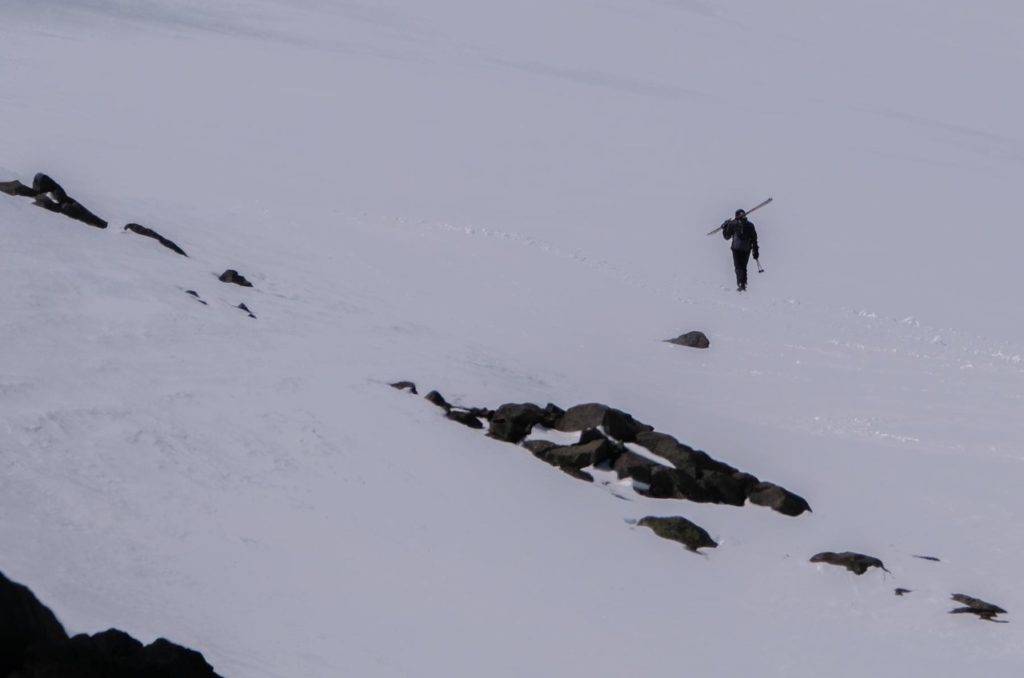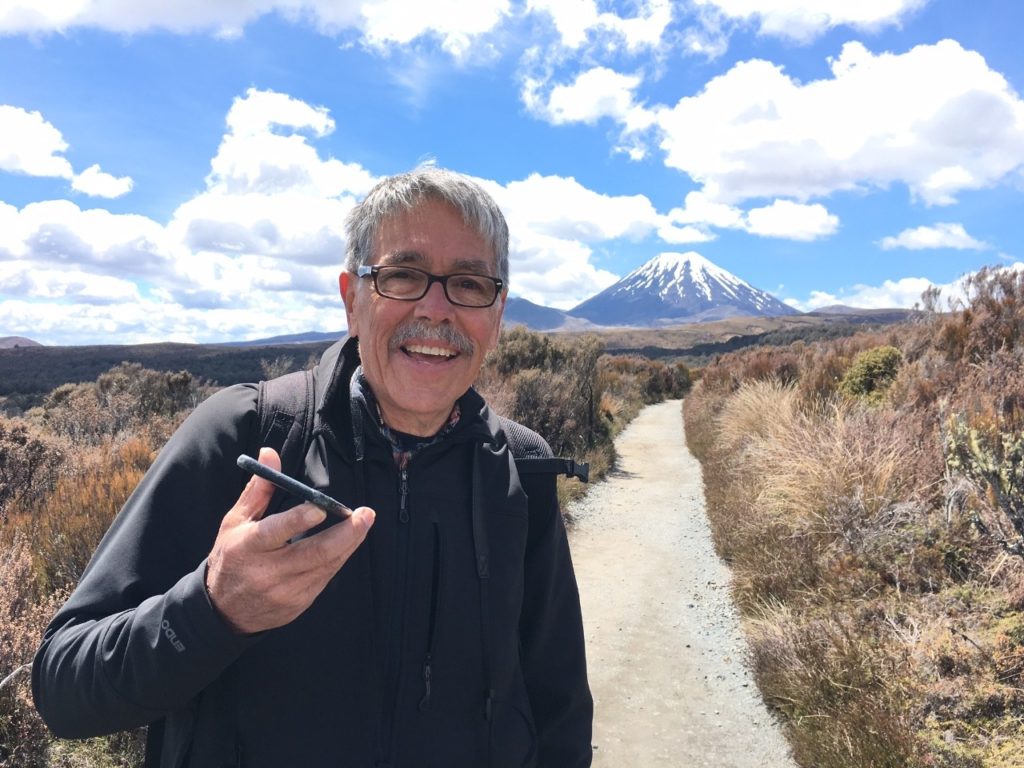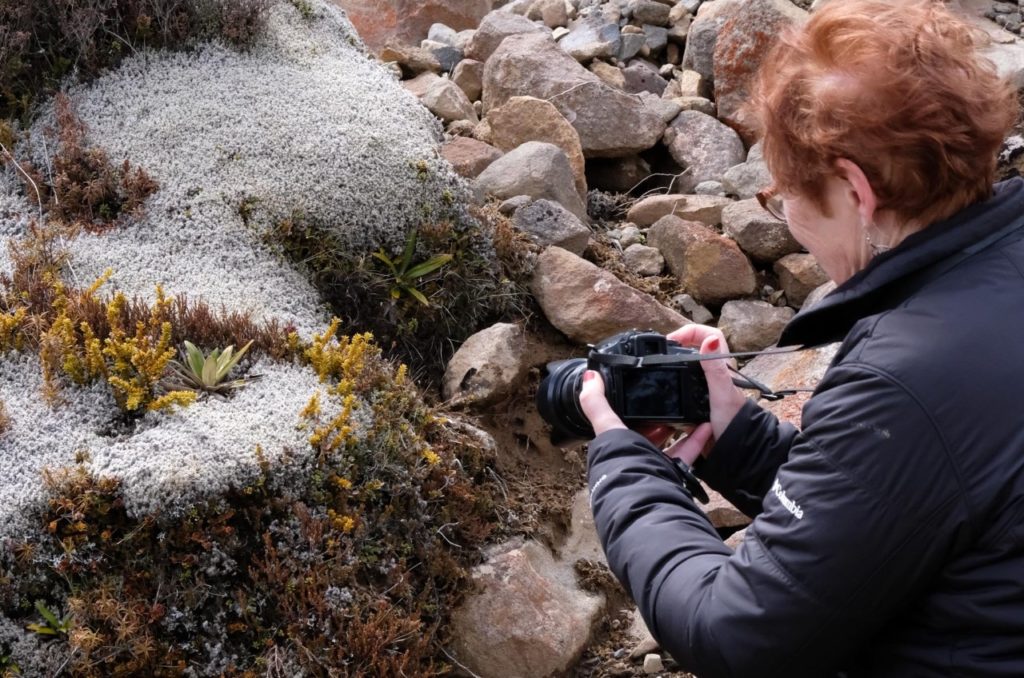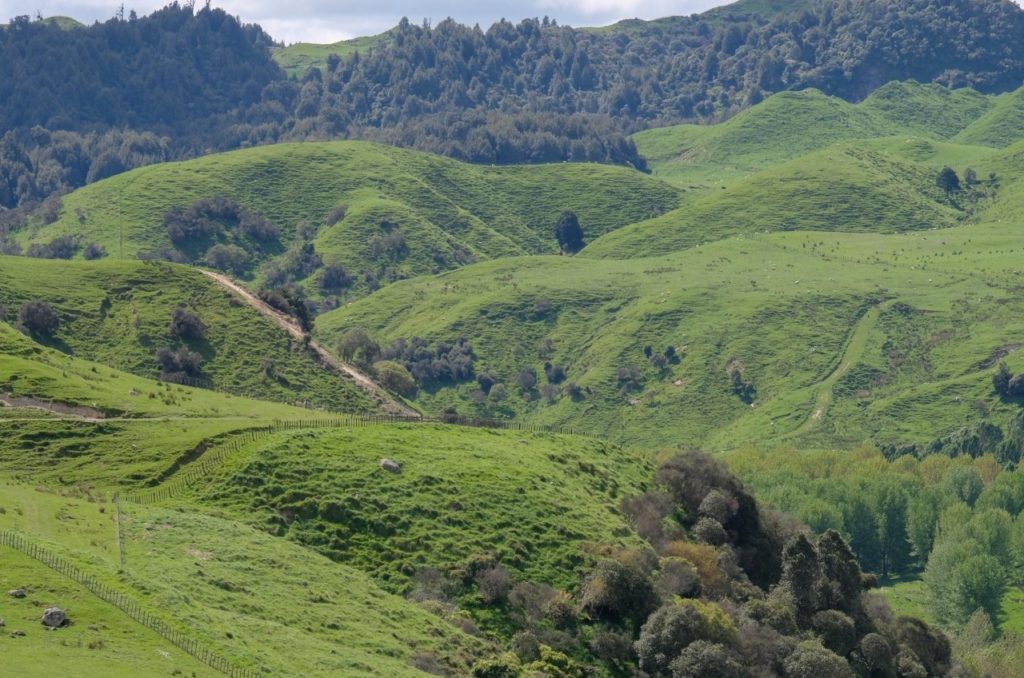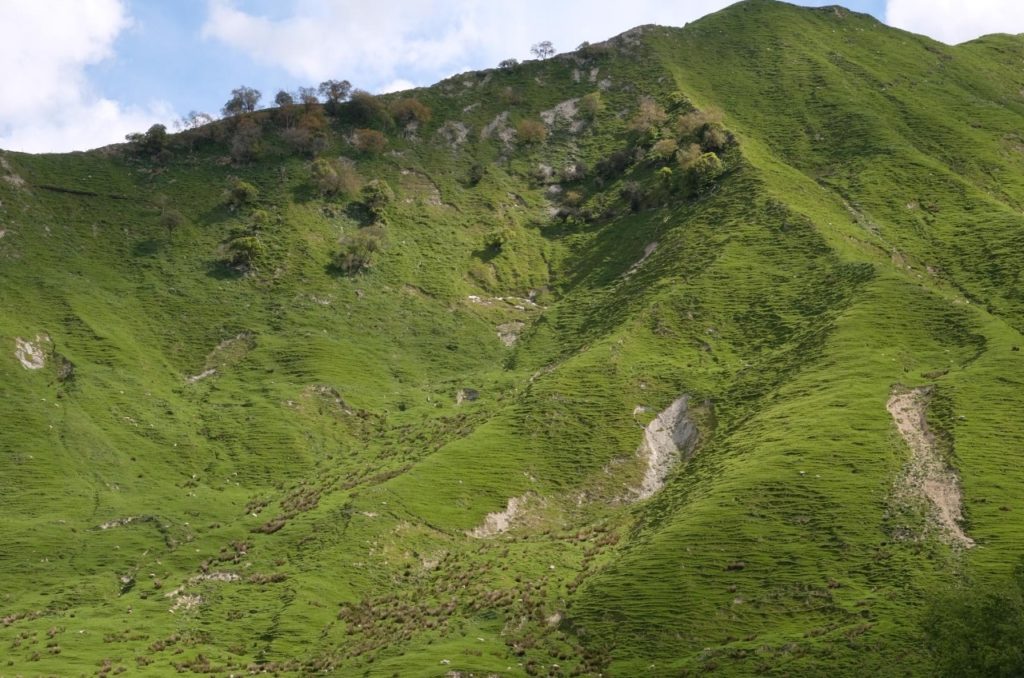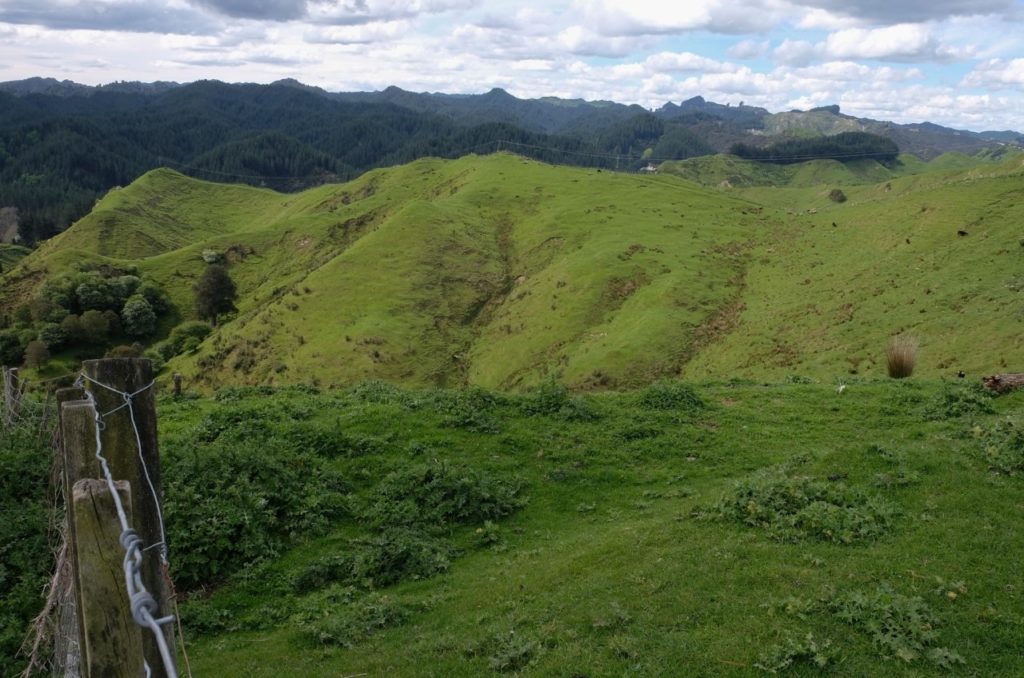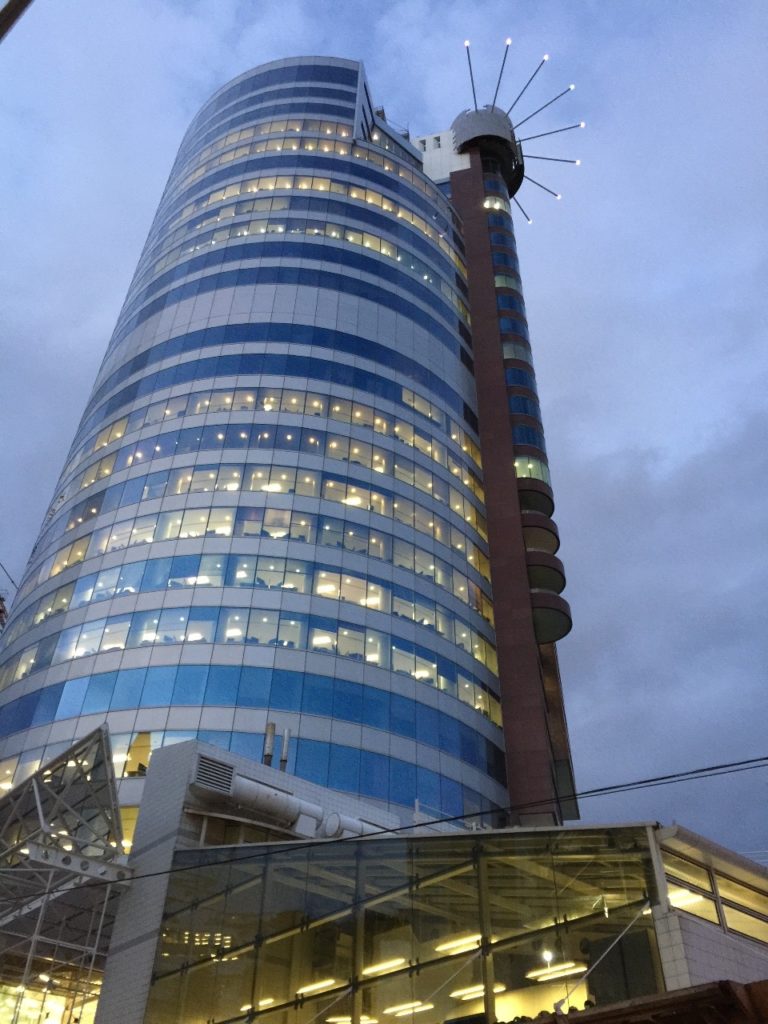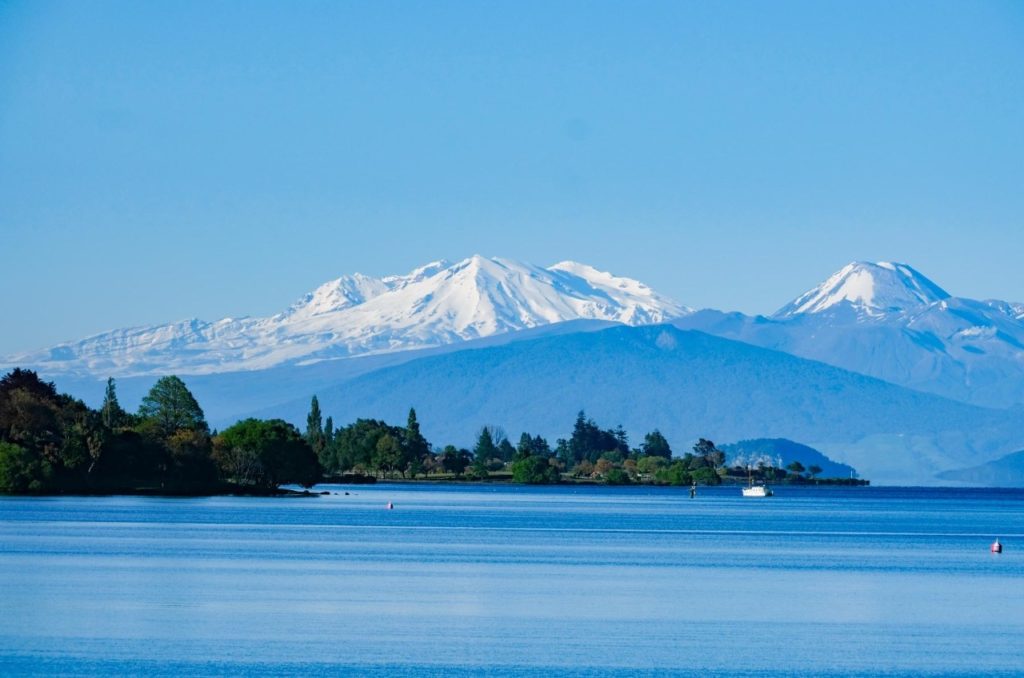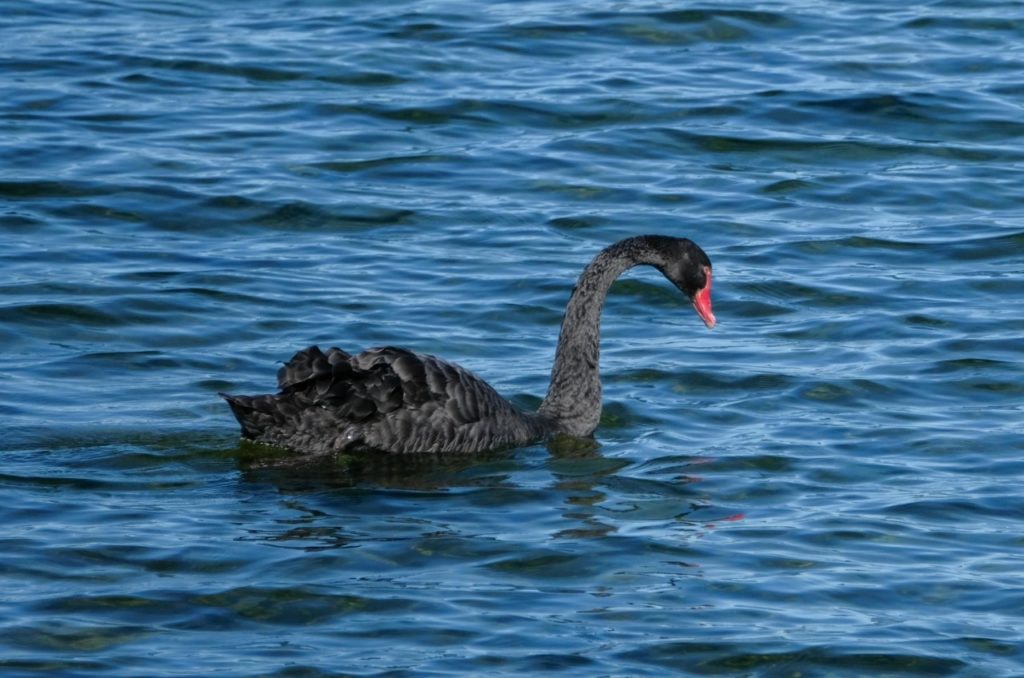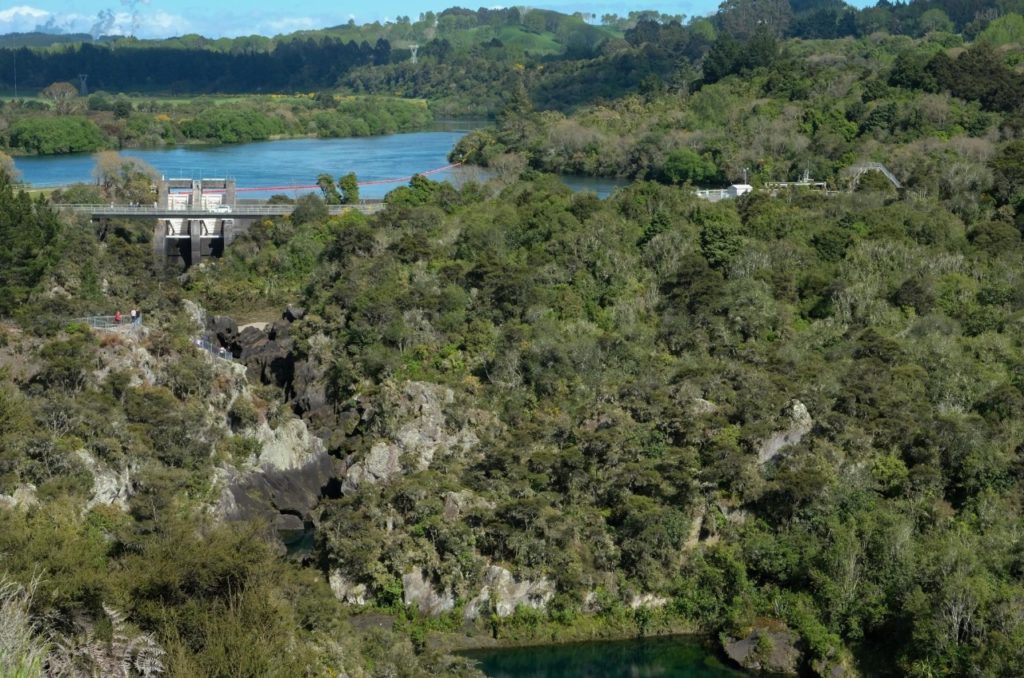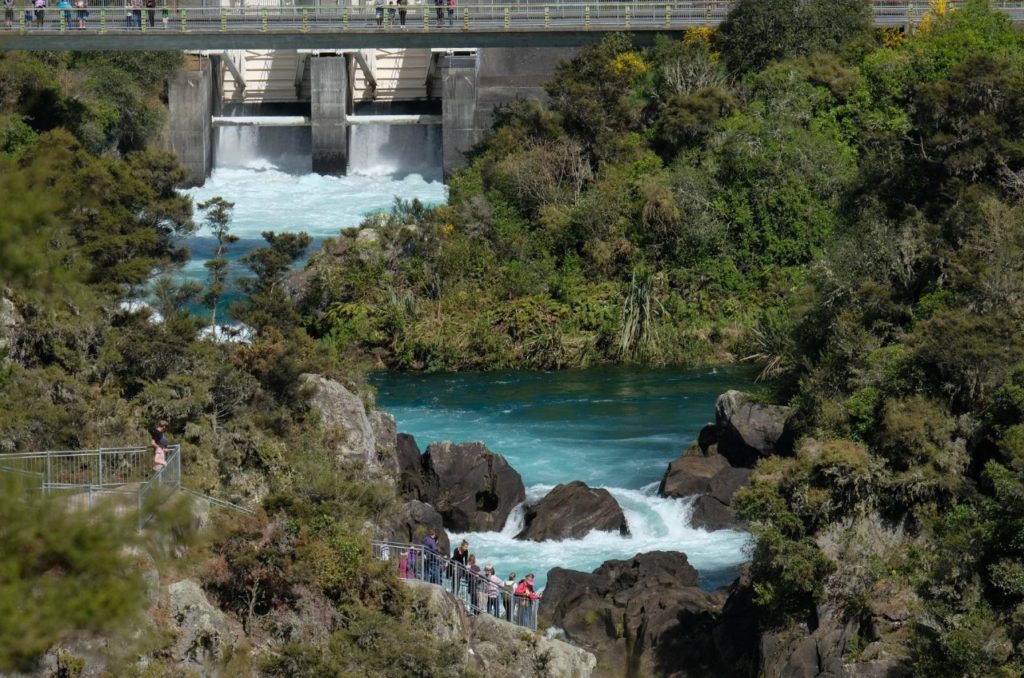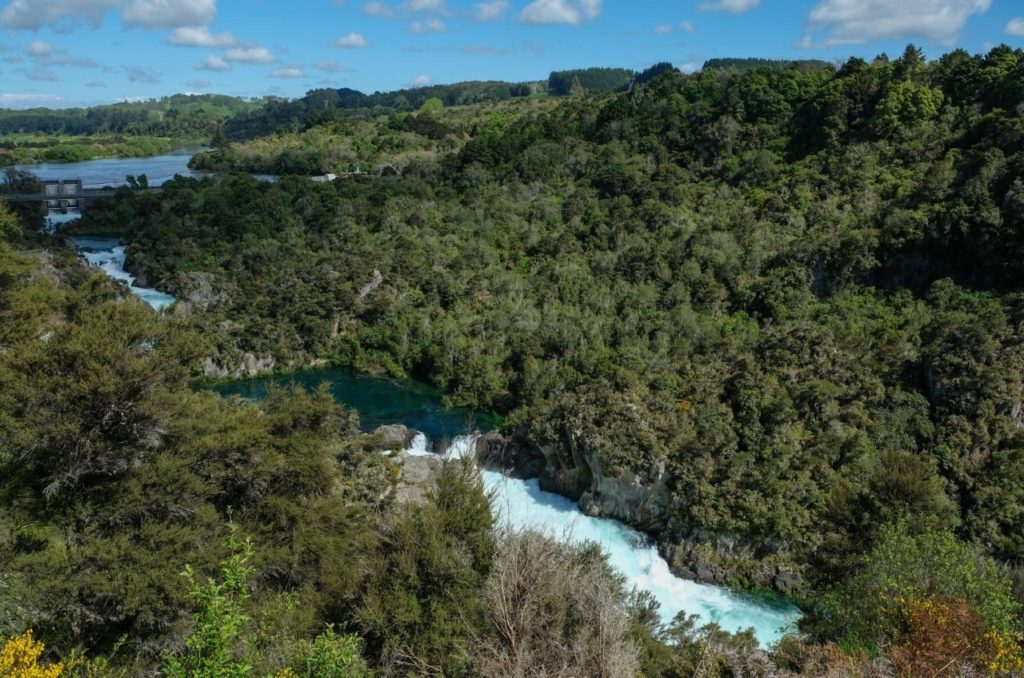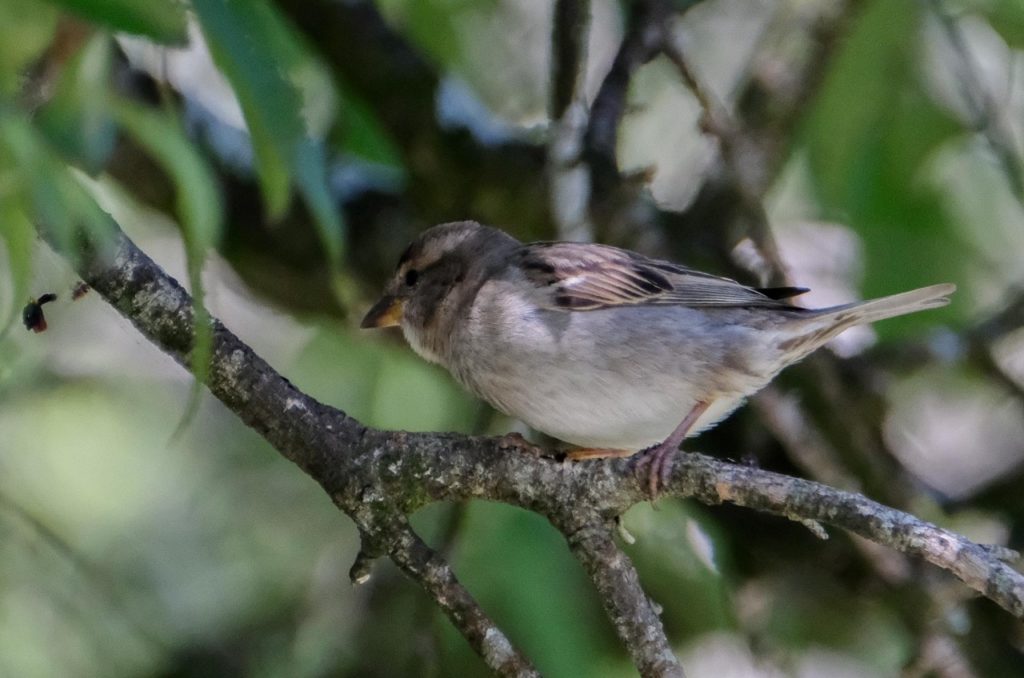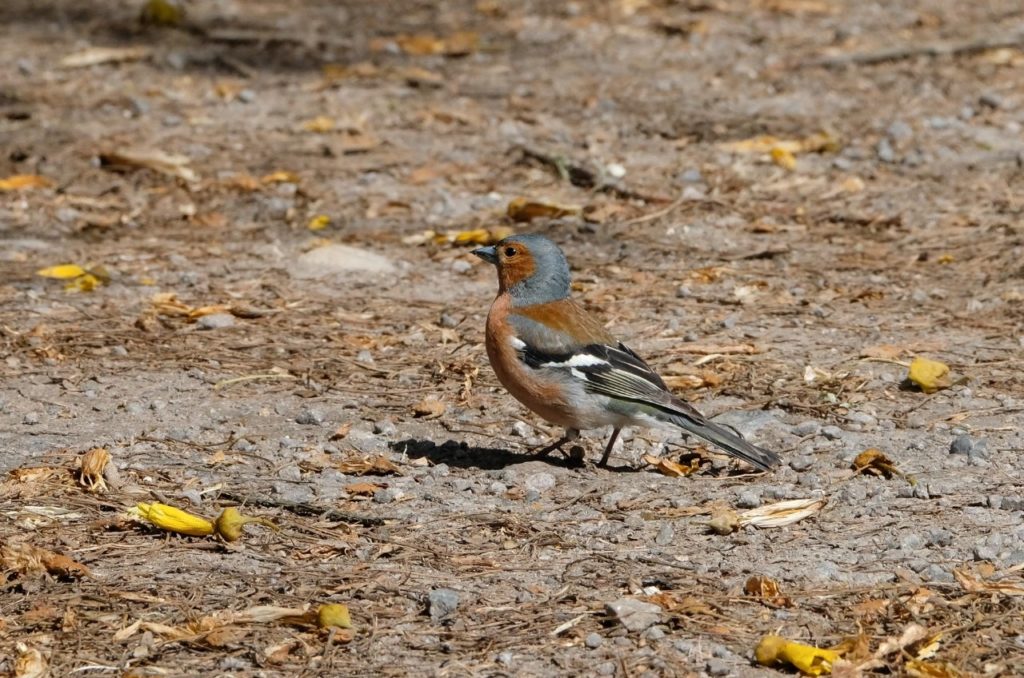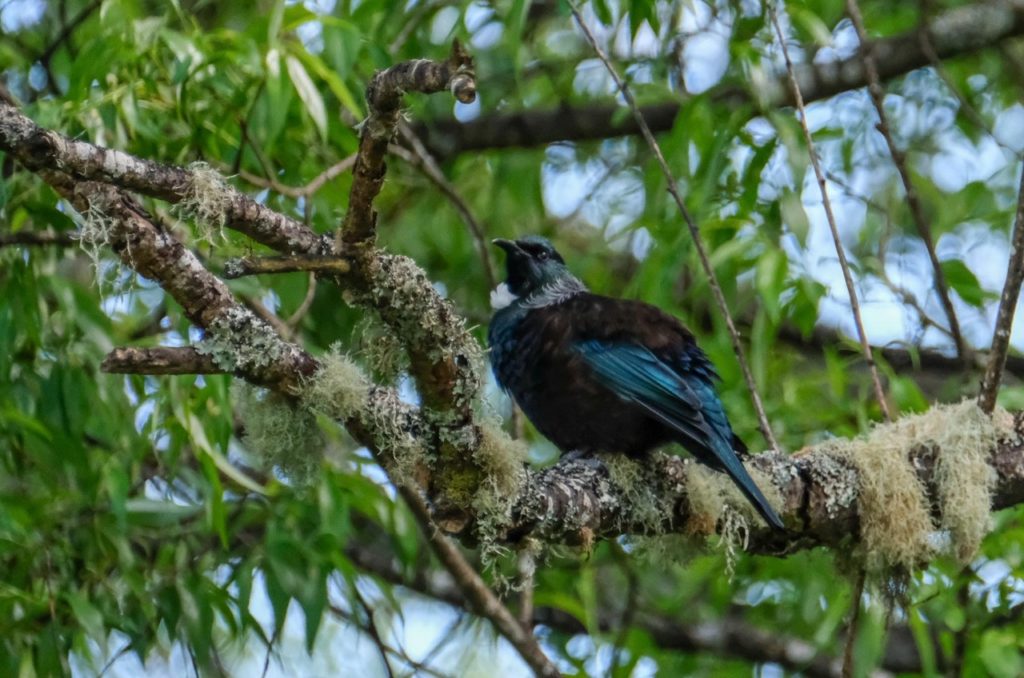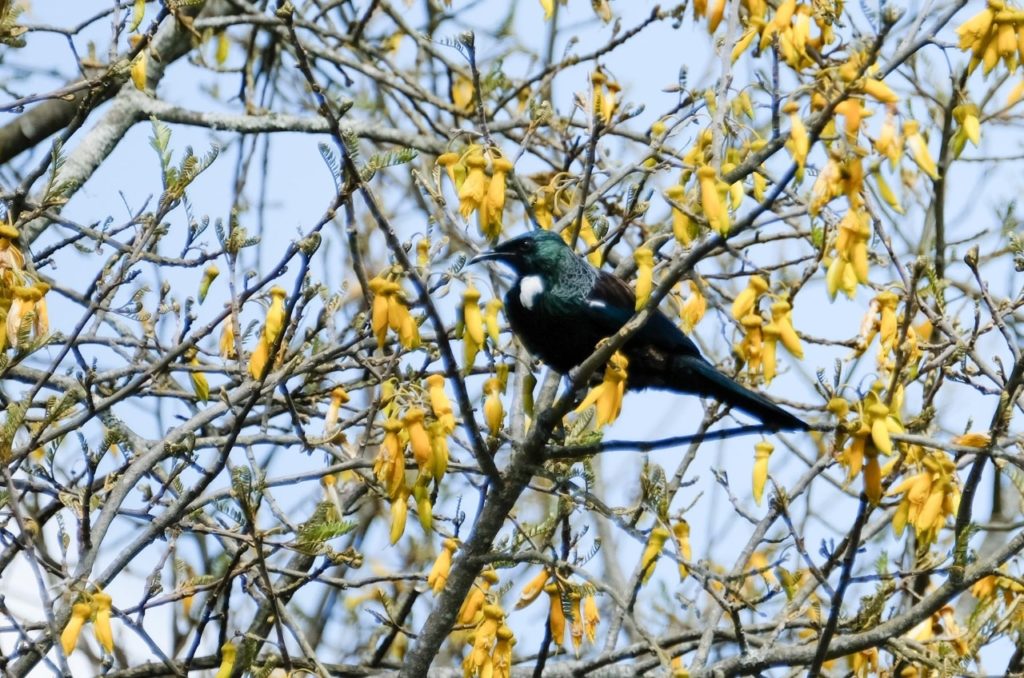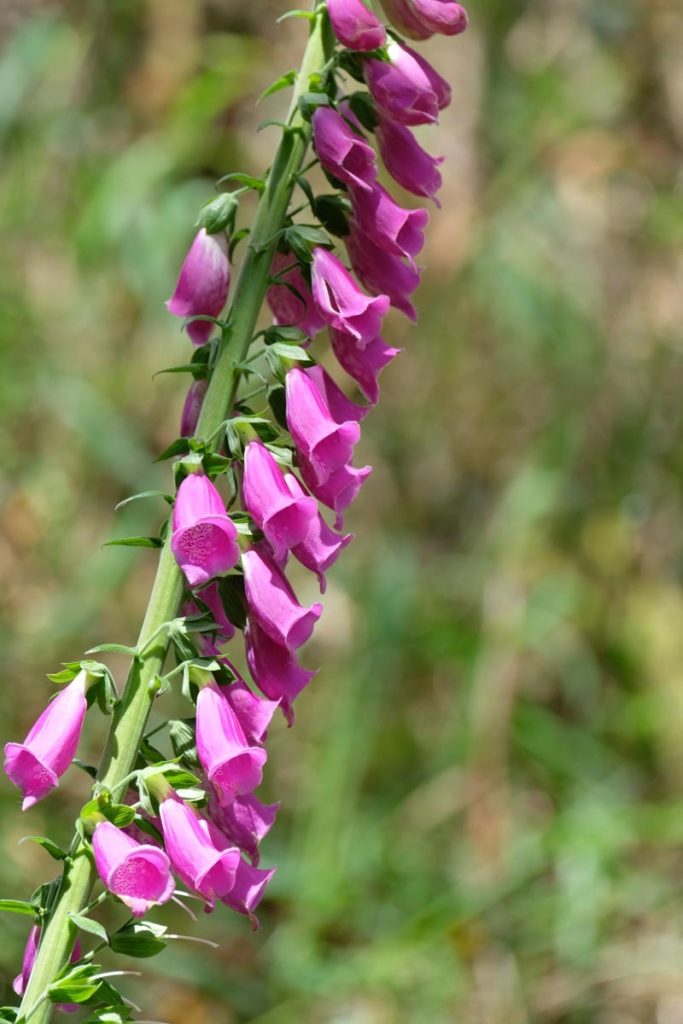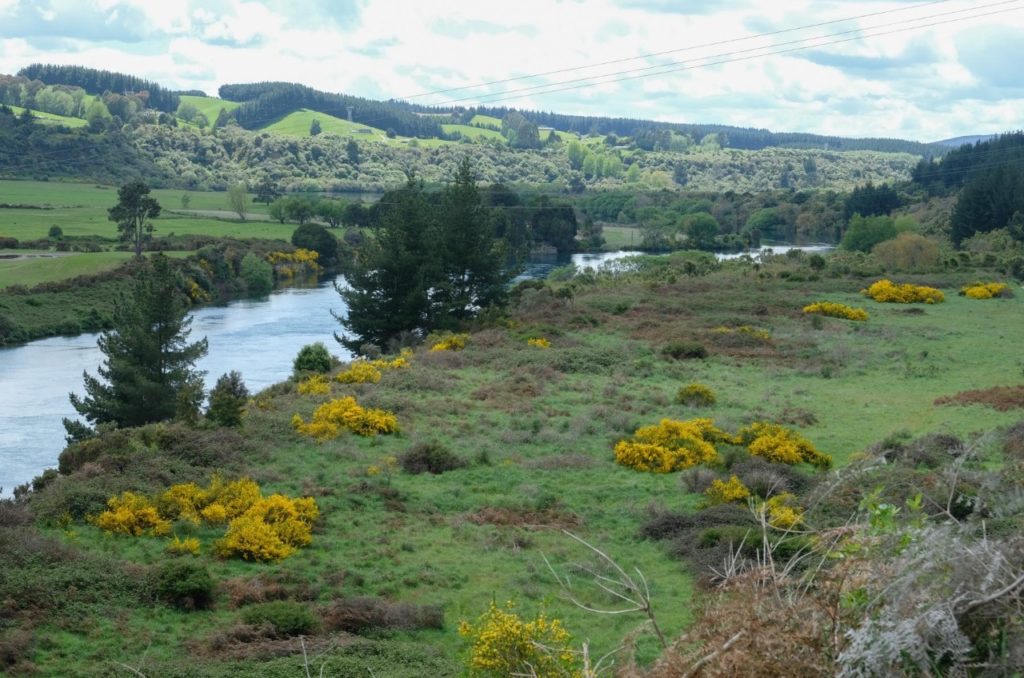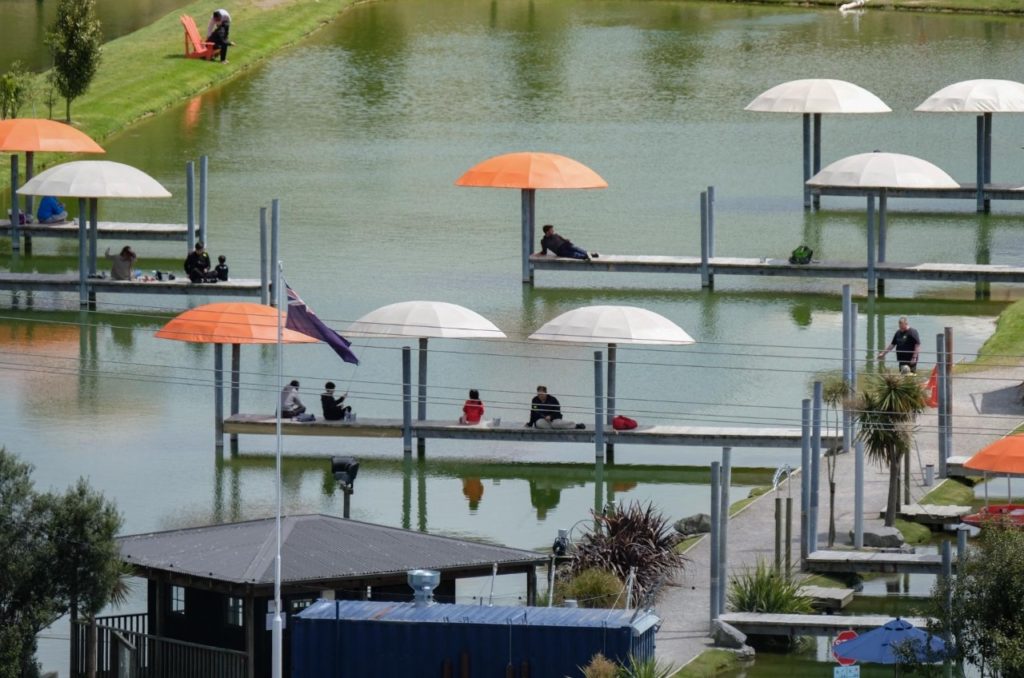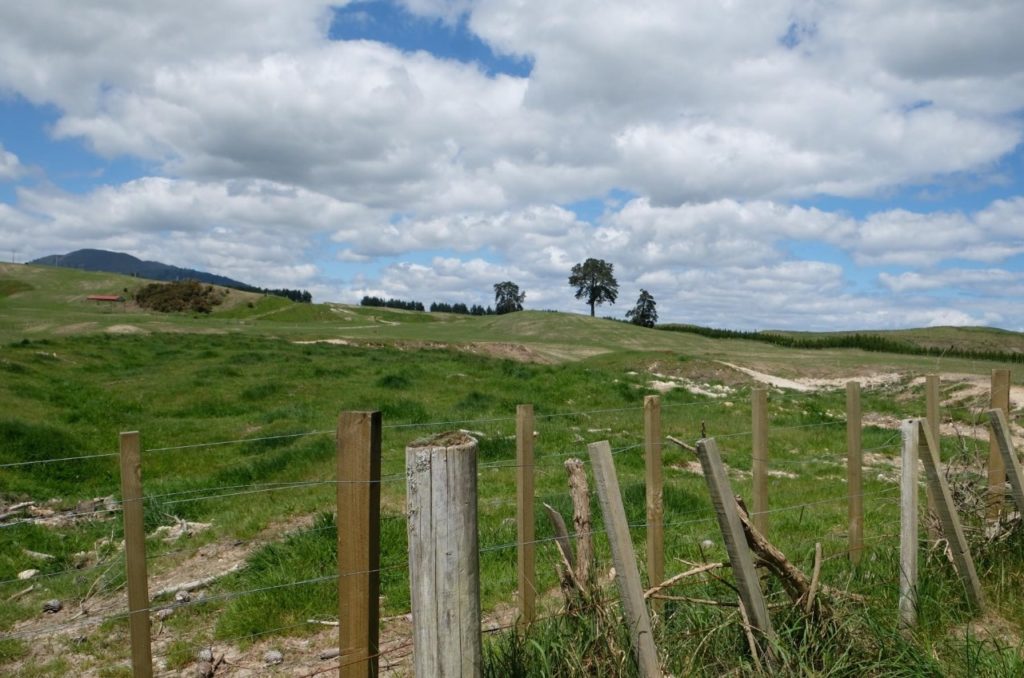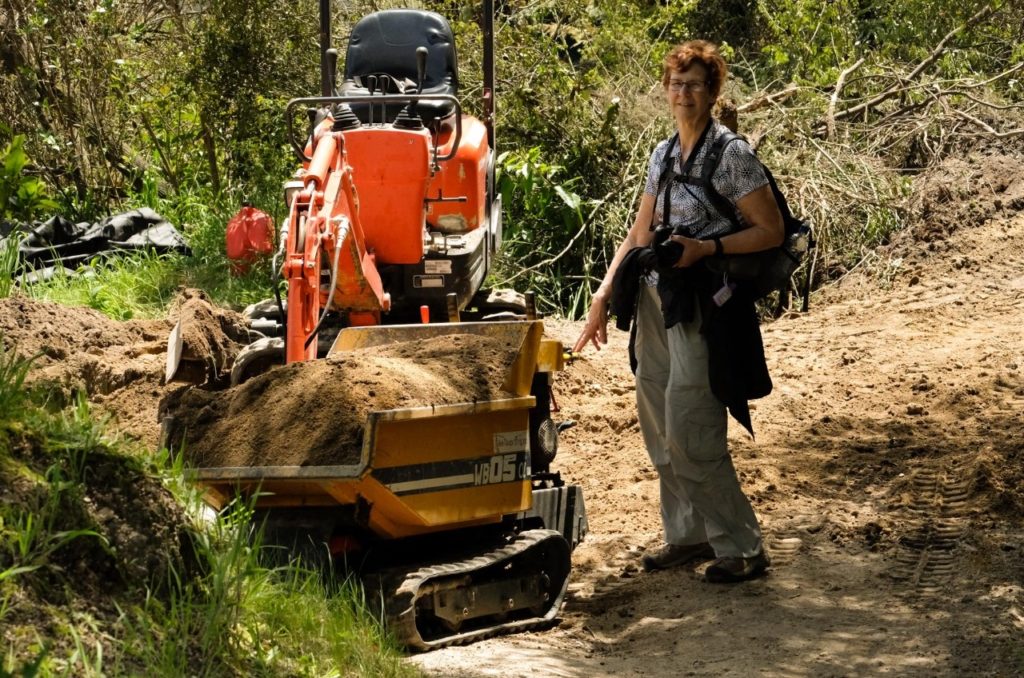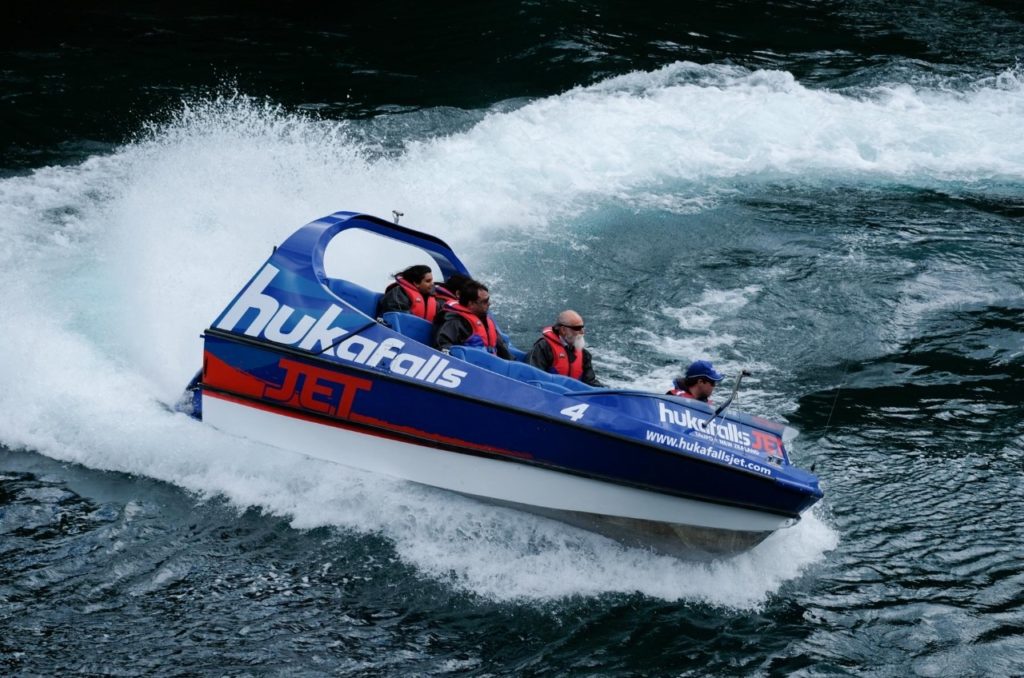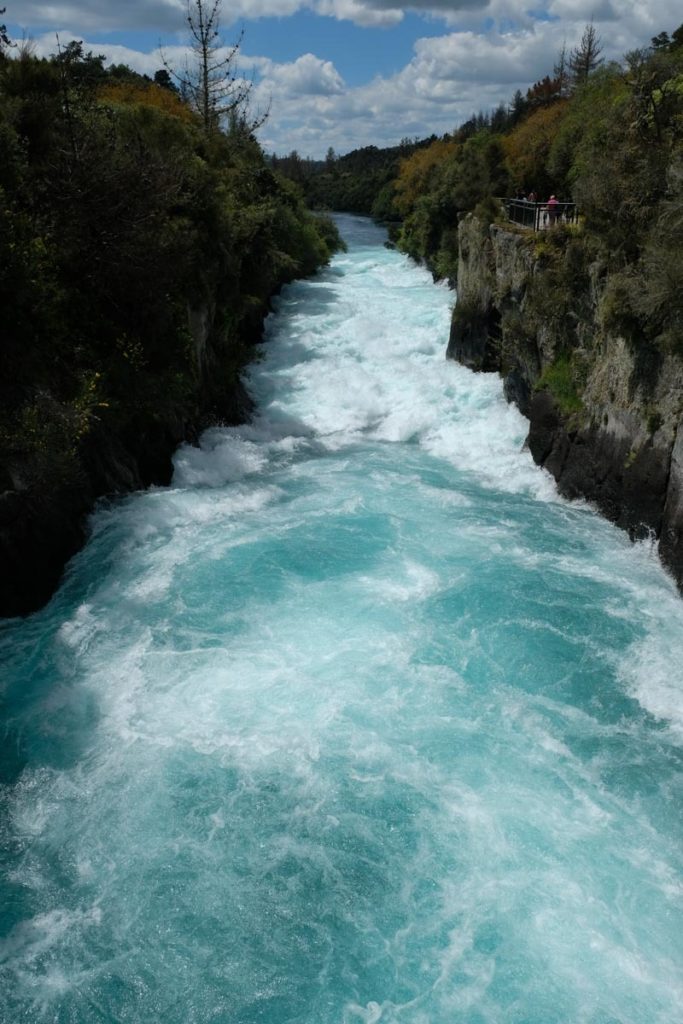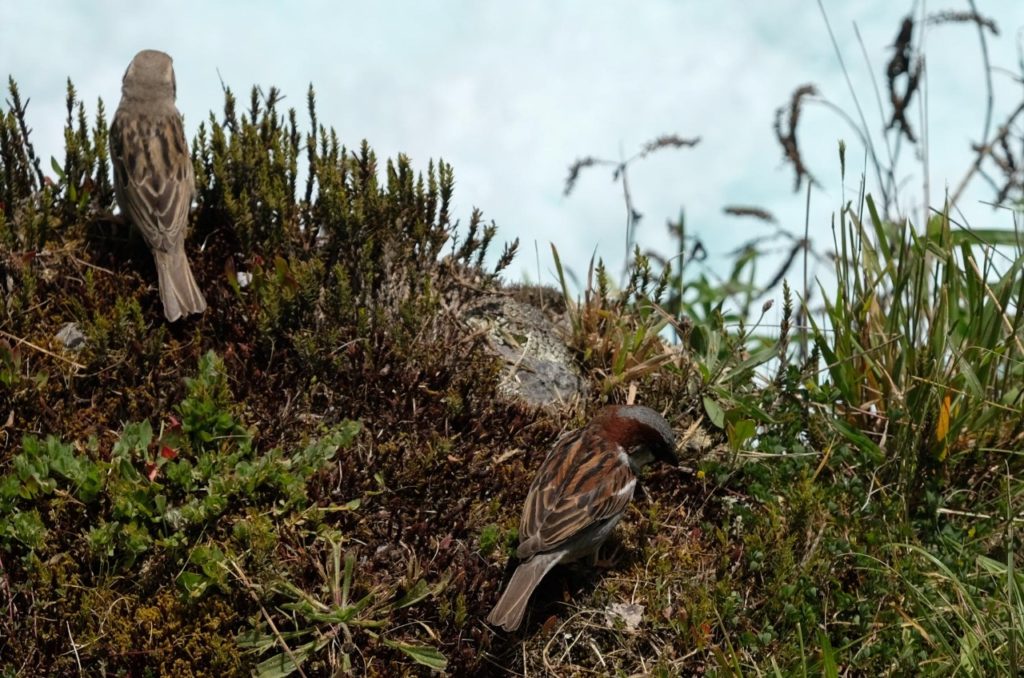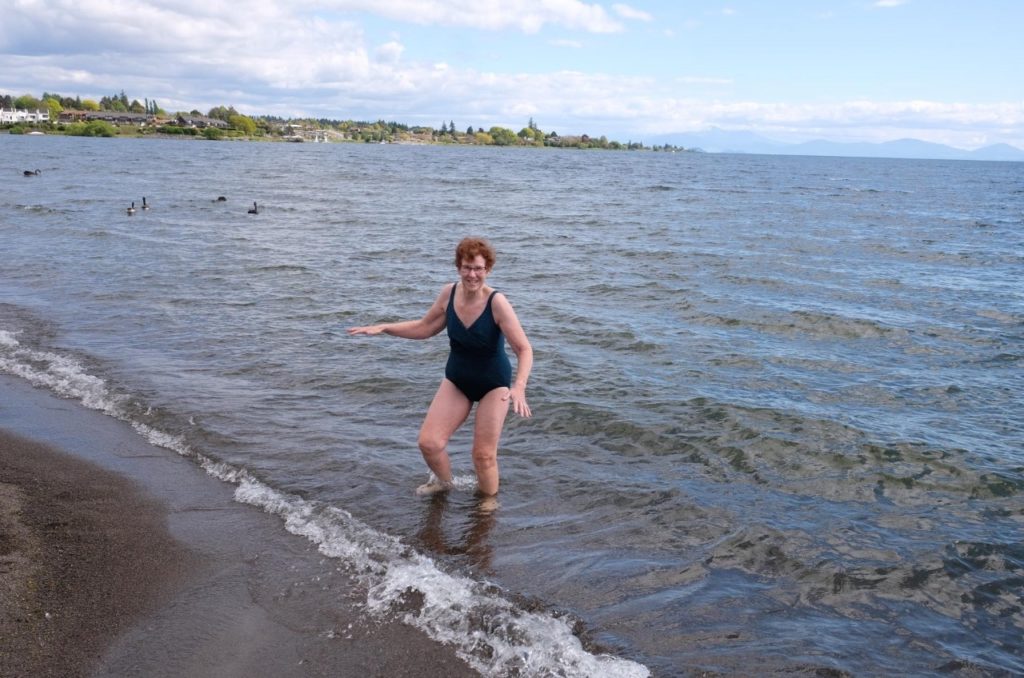Abel Tasman National Park, New Zealand
Well, part of it anyway. The day’s plan was pretty simple: up at 7, to the Split Apple Beach by 9, a boat ride North up the coast of the Abel Tasman National Park, arriving at our drop off point at about noon, then a 2 hour hike (but turned out to be 2 1/2 with picture stops) and then pick-up at 3 PM, off the boat at 4:15 and drive back home. And that’s exactly what we did on a beautiful, mostly sunny, rain free but still not warm (mid 60s) day.
Speaking of “home” I mentioned to Judy that we are creating homes with every stop. Initially, while trying to find for the establishment, checking in and getting settled, everything is new. We have to learn how find the attractions and a place to eat. We’ve been staying at each spot for two nights, arriving on the evening of the first and leaving the morning after the second night. By the time we leave we’ve figured out how to get around and we’ve managed to stave off starvation. It feels like home and we’re just a little bit sorry to leave behind the known for the unknowns of the next adventure.
The boat ride was fun. We sat up top in the open air most of the way out even though the wind was strong and the air was brisk and then some. We passed by an island with seals doing their usual seal things (basking in the sun, wallowing around in the water). Our guide told us female seals have four to six weeks after giving birth in which they can eat and get fat. Then its back to the mating game, new pups and the cycle repeats itself. There’s not much time for fishing and eating while you’re doing the mommy seal thing. Glad I’m not a mommy seal (then again being a mommy person is something I don’t aspire to be – it’s hard work too).
We were on a tour package that took us to the northern end of the run and then turned around to drop us off at about the half way point. We then hiked up moderate hills and back down, closely following the coast line. The vegetation felt jungle-like but of course it isn’t really a jungle. It’s dominated by ferns – big ones and little ones – some pines, etc. and other low-lying bushes we can’t identify. But it has a really different feel from hiking in the Maine woods, that’s for sure.
We hike about 4 Kms (2.5 miles) of the Abel Tasman Coastal Route, a 55 Km hike much like the section we did. We met one interesting couple: 20-somethings from California who were backpacking the length in three days – about five or six miles a day. Not the Appalachian Trail but enough to make it fun.
“We’re in NZ for four weeks,” Judy told them. “How about you?”
“We’re here until about April, living out of our car.”
“Are you going to work while you’re here,” asked Judy.
“We might for fun, but we don’t have to,” was the reply.
We met another pair of 70-something sisters from British Columbia. They hiked the same 55 Kms with an organized group but they stayed in resort lodges on their two nights on the trail. Hot showers and electric blankets plus gourmet food. One had a husband who is fly fishing for trout while his wife hikes.
On the way back we stopped to see the effect tides in this area – up to 16 feet on average – have on boats in a protected bay. They’re left high and dry.
So now we’re back “home” typing, looking at pictures and planning on dinner up the road a few hundred meters. We will have then tried 2/3 of the restaurants in Marahau. Maybe we’ll do Hooked for breakfast, making it a clean sweep.
Tomorrow it’s off to the Marlborough wine country. It will be a travel/sightseeing day but the day after is “vineyards by bike” day. That oughta be something to write home about!



